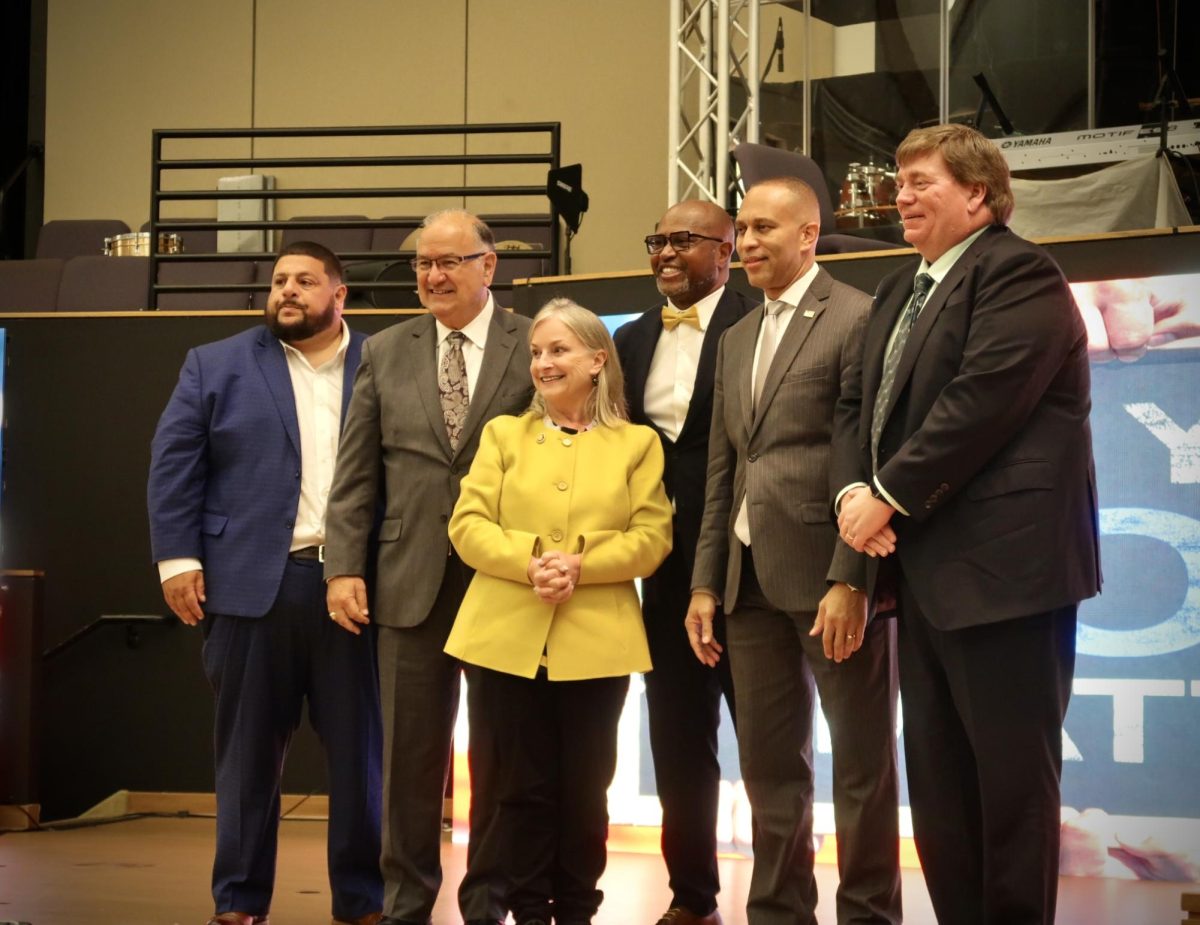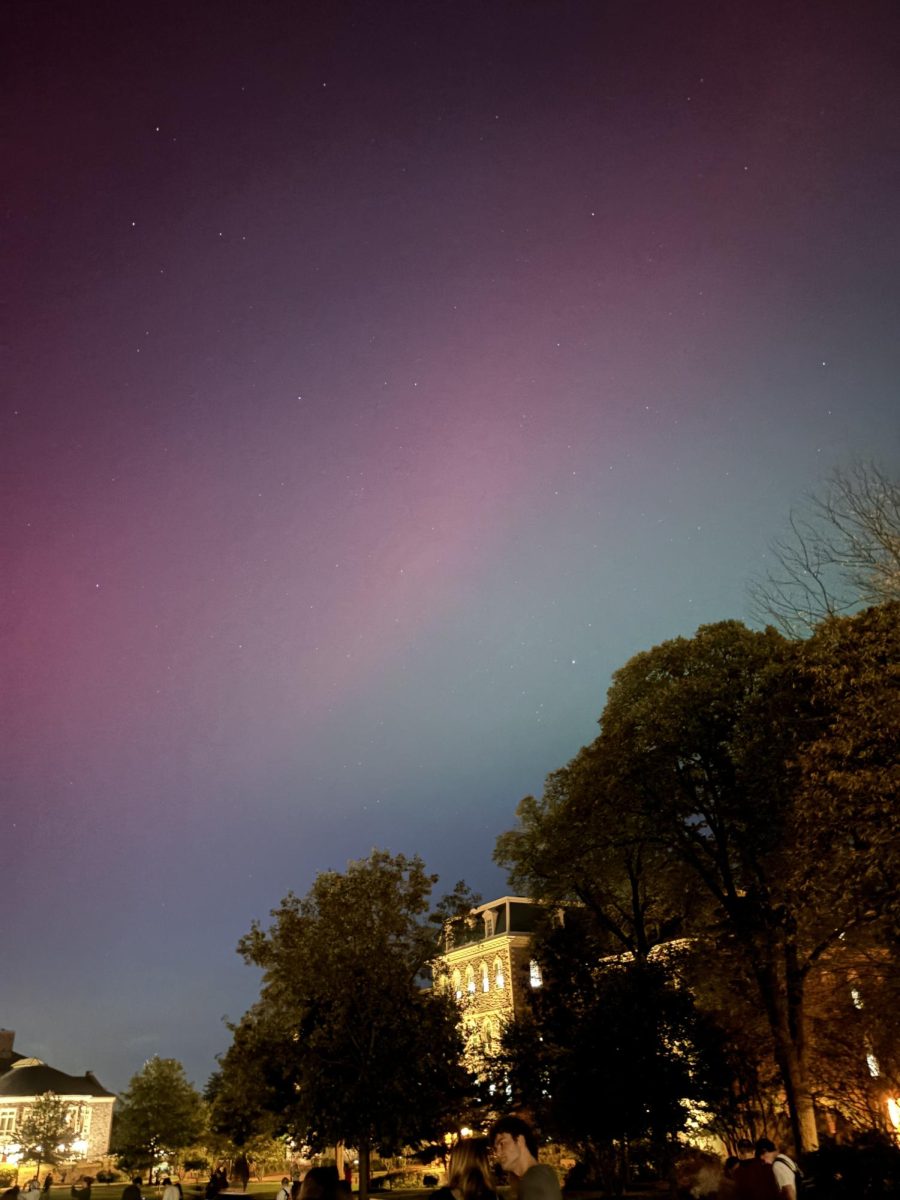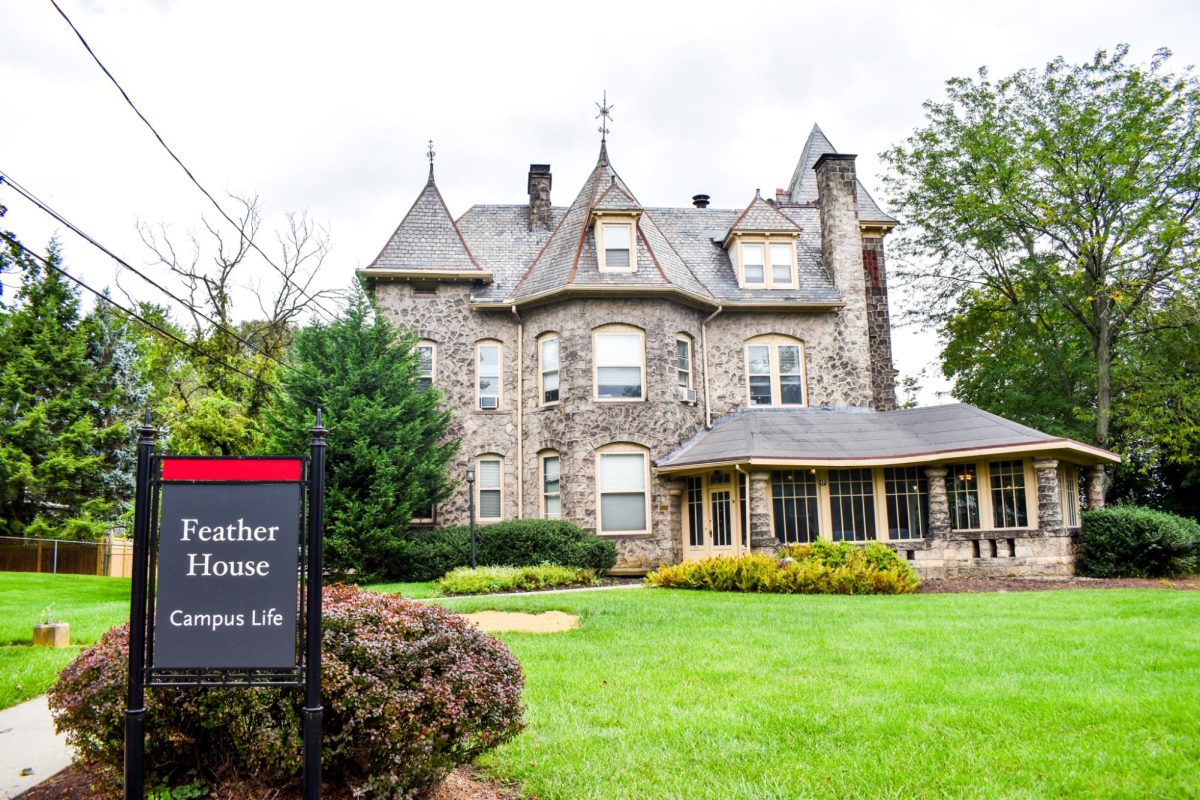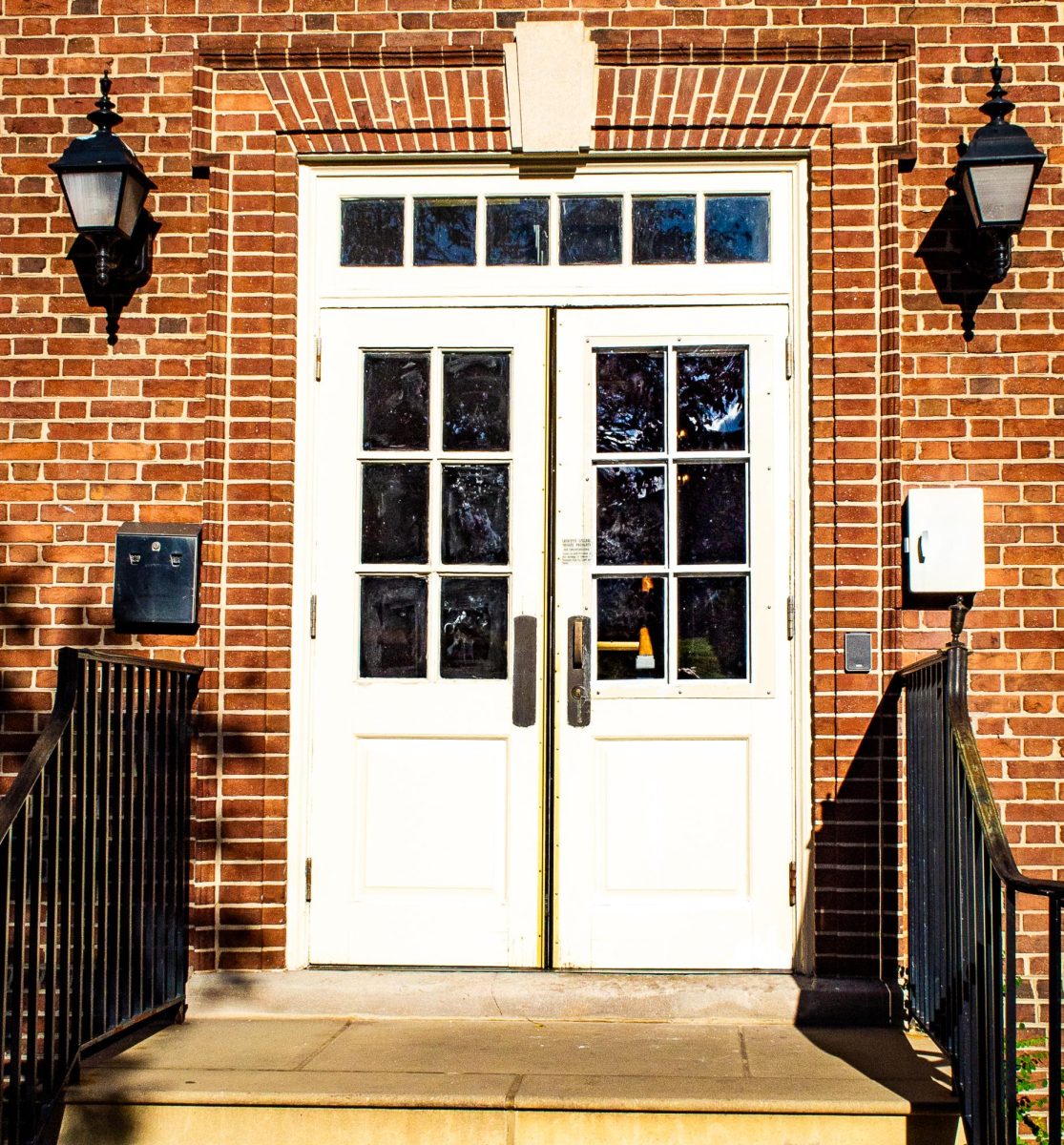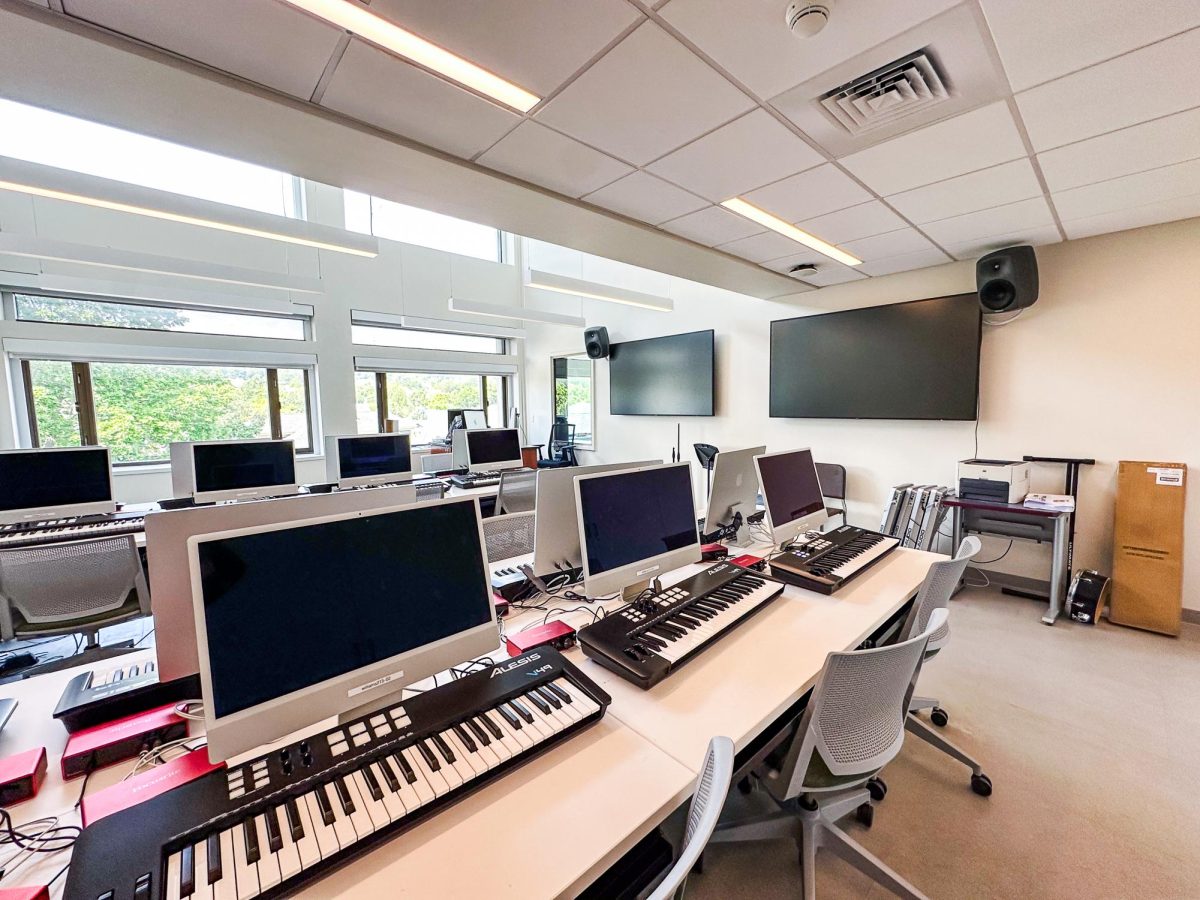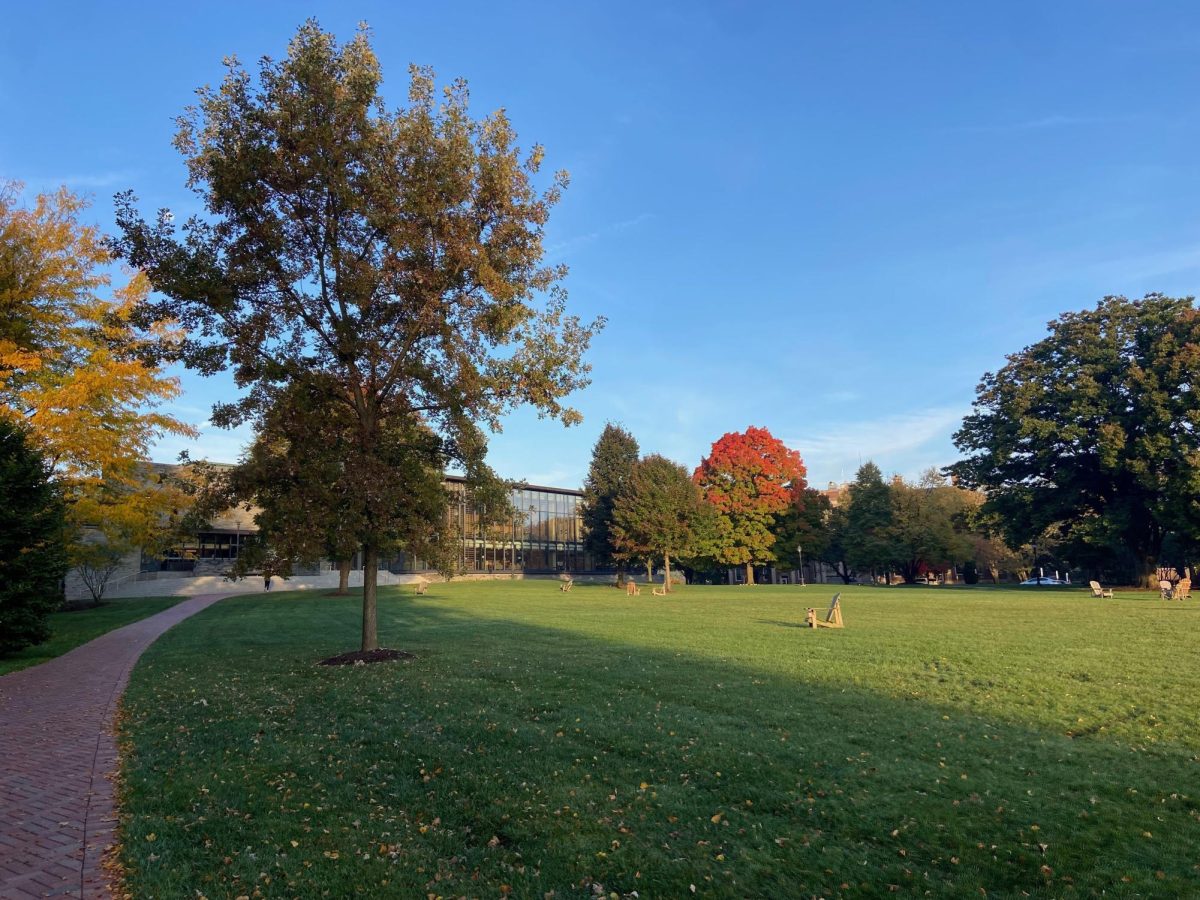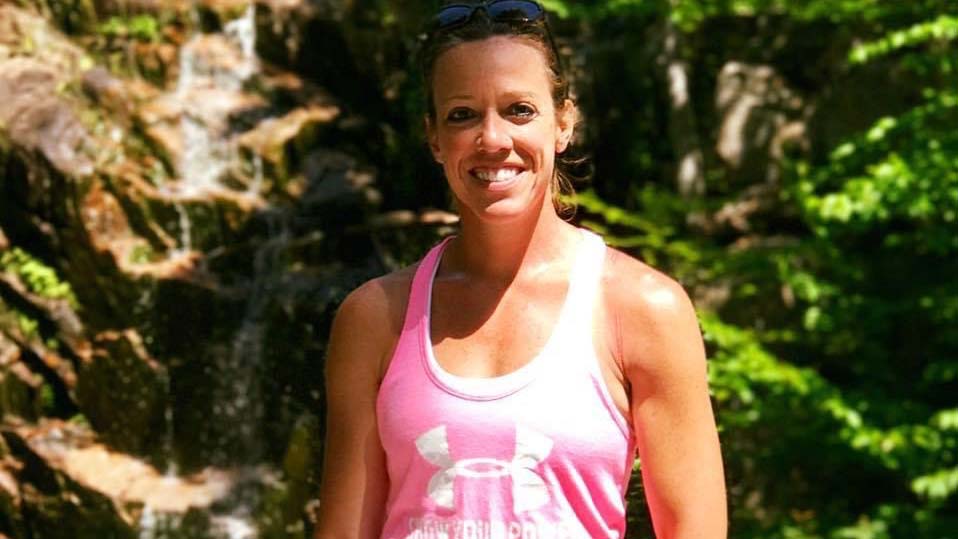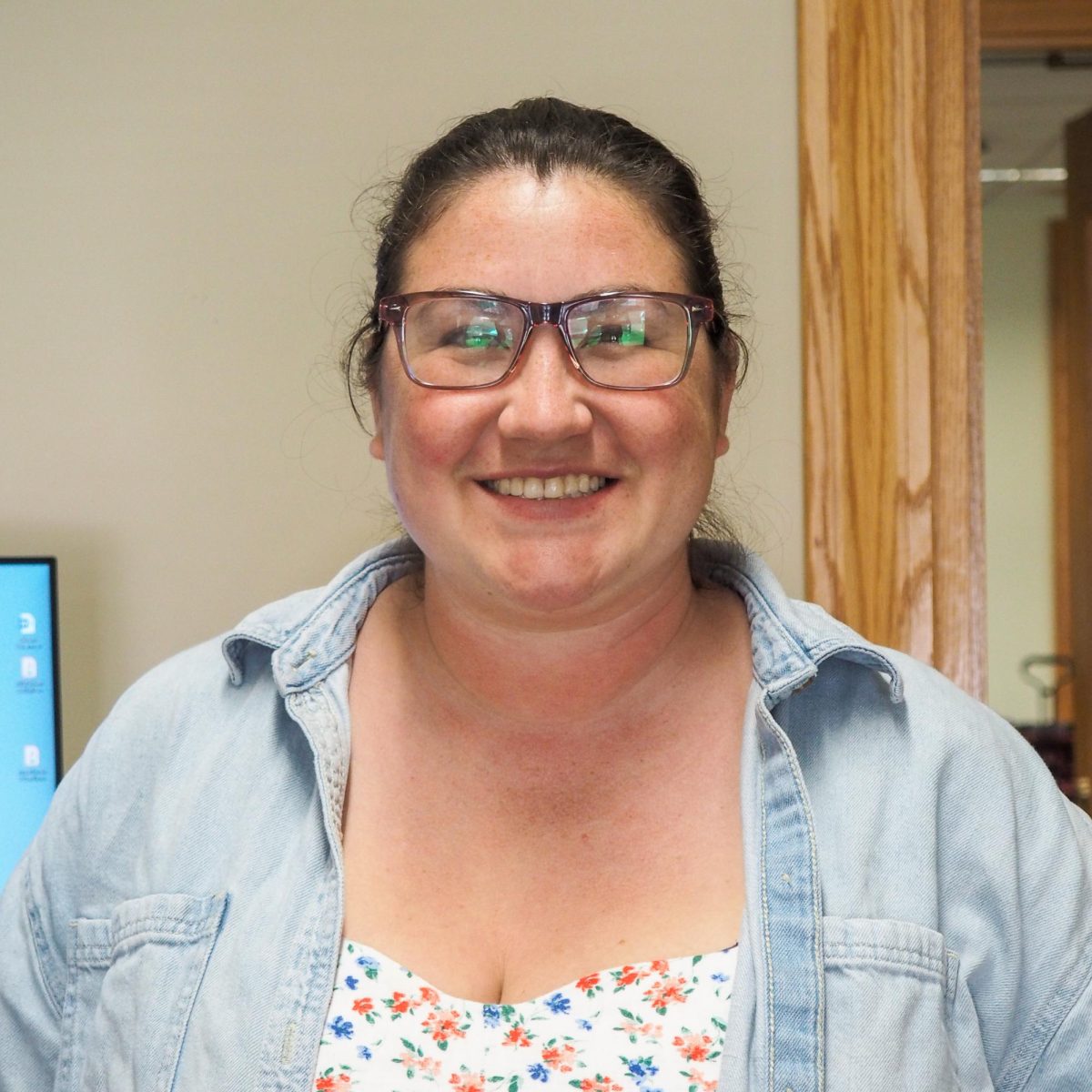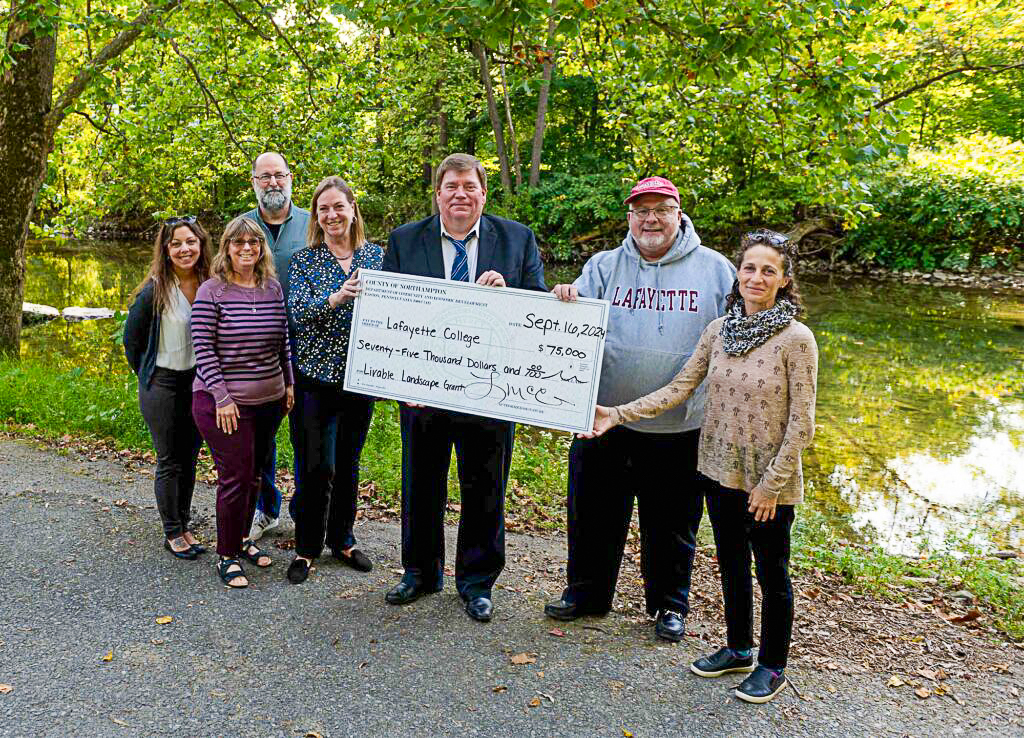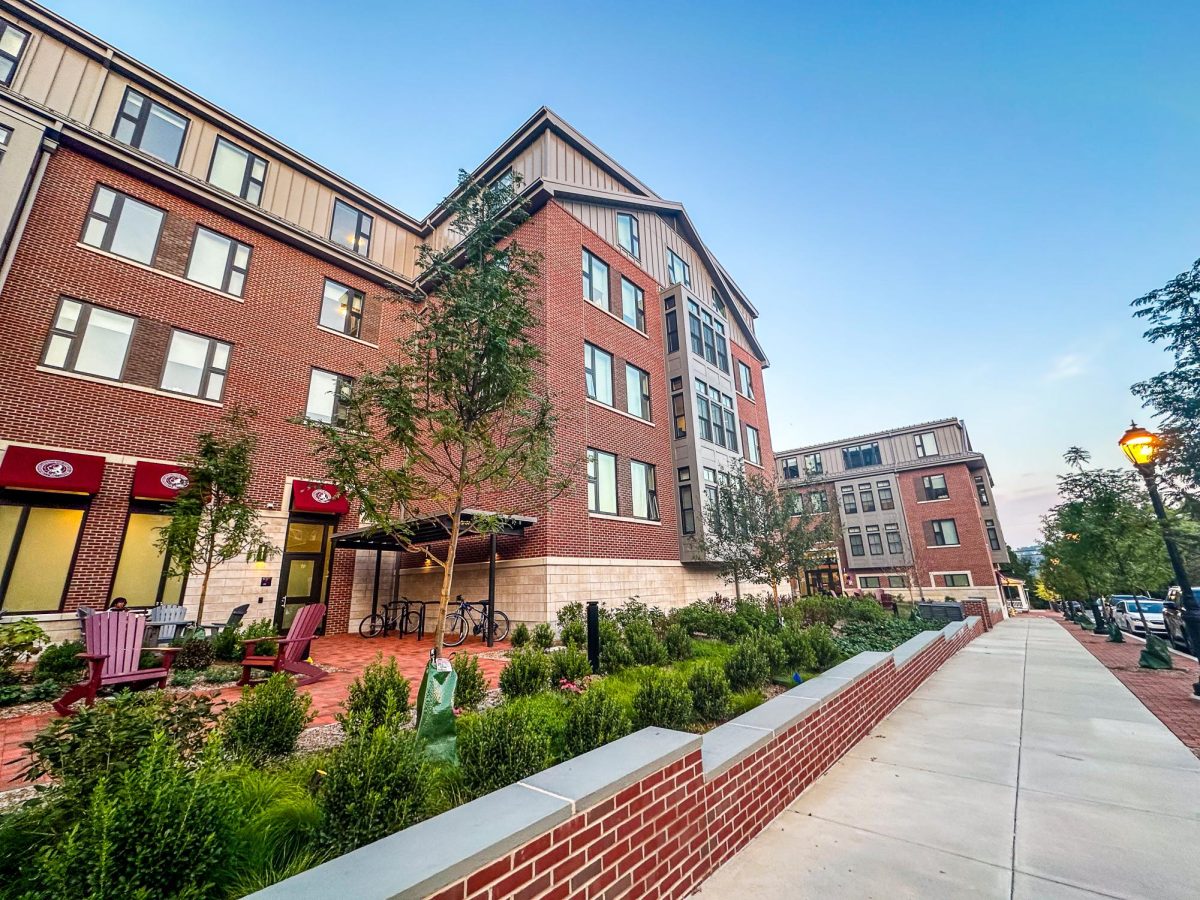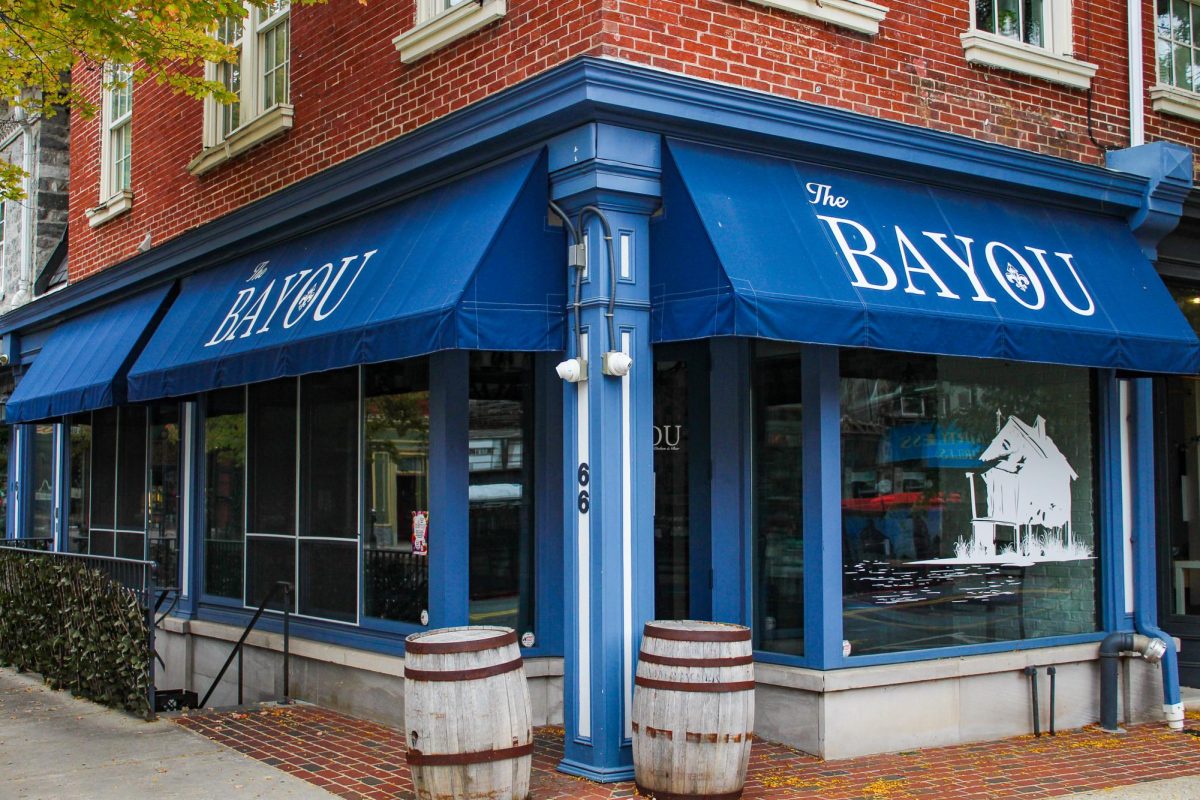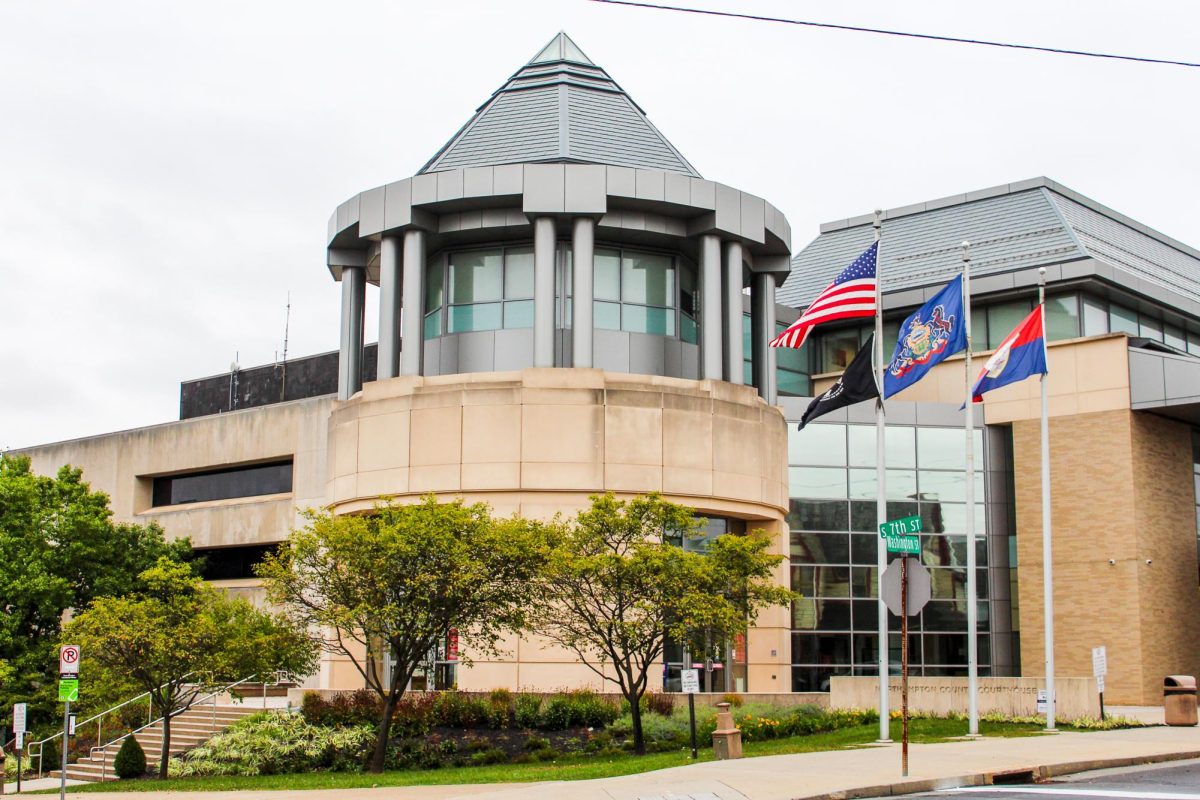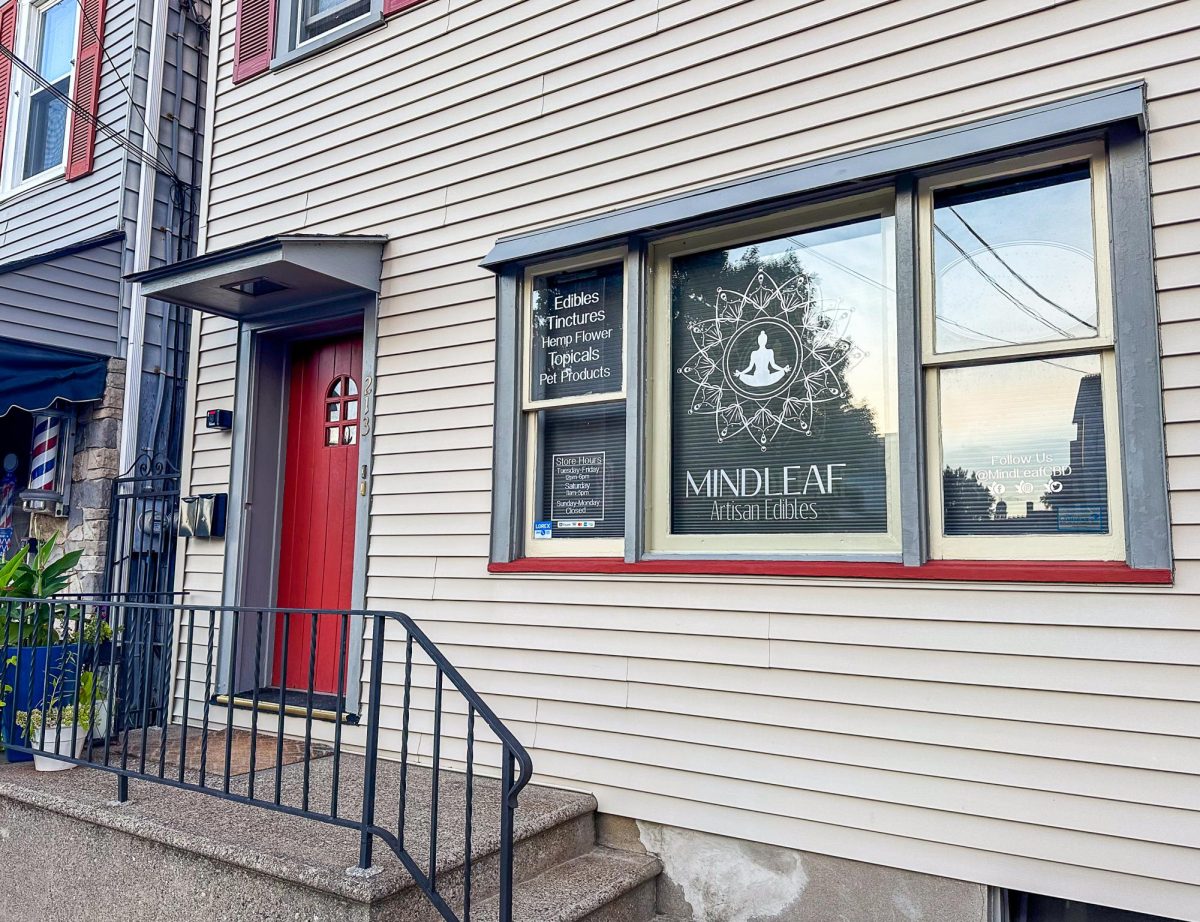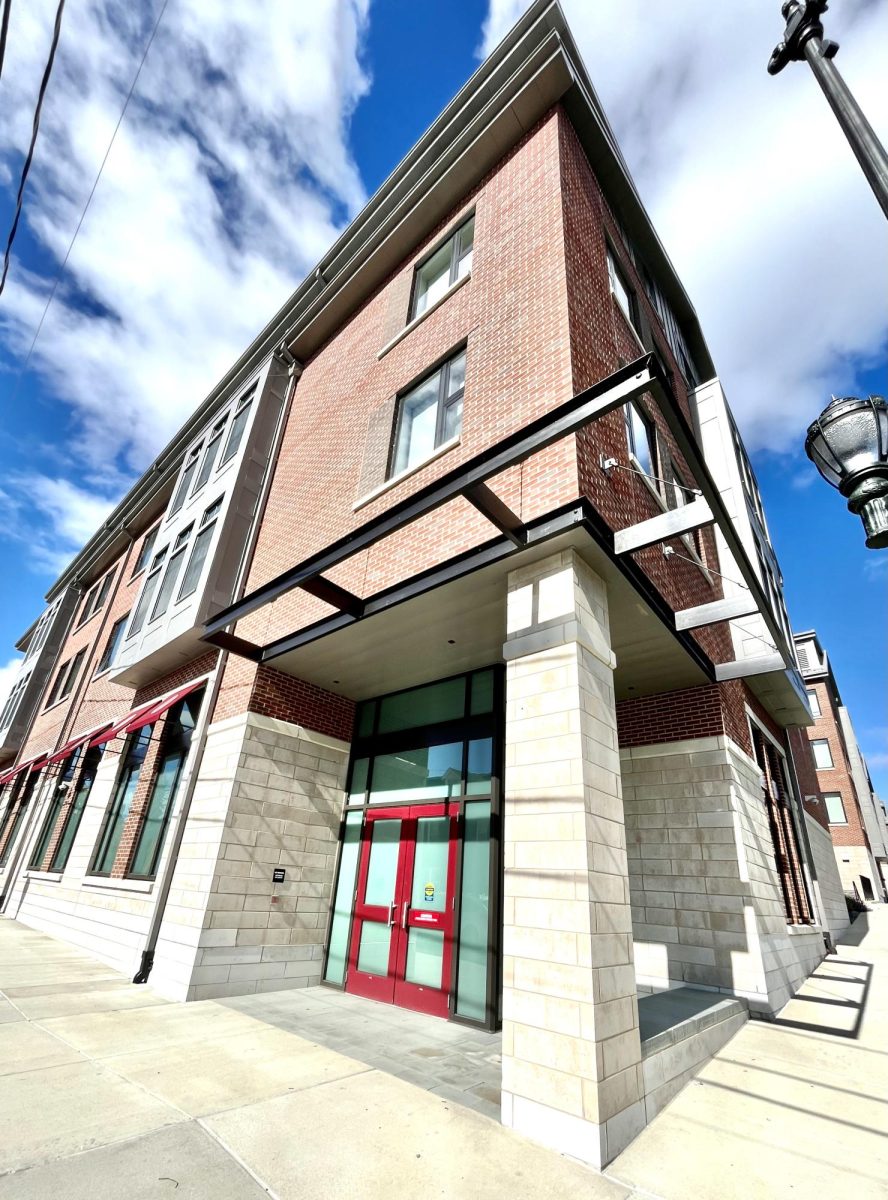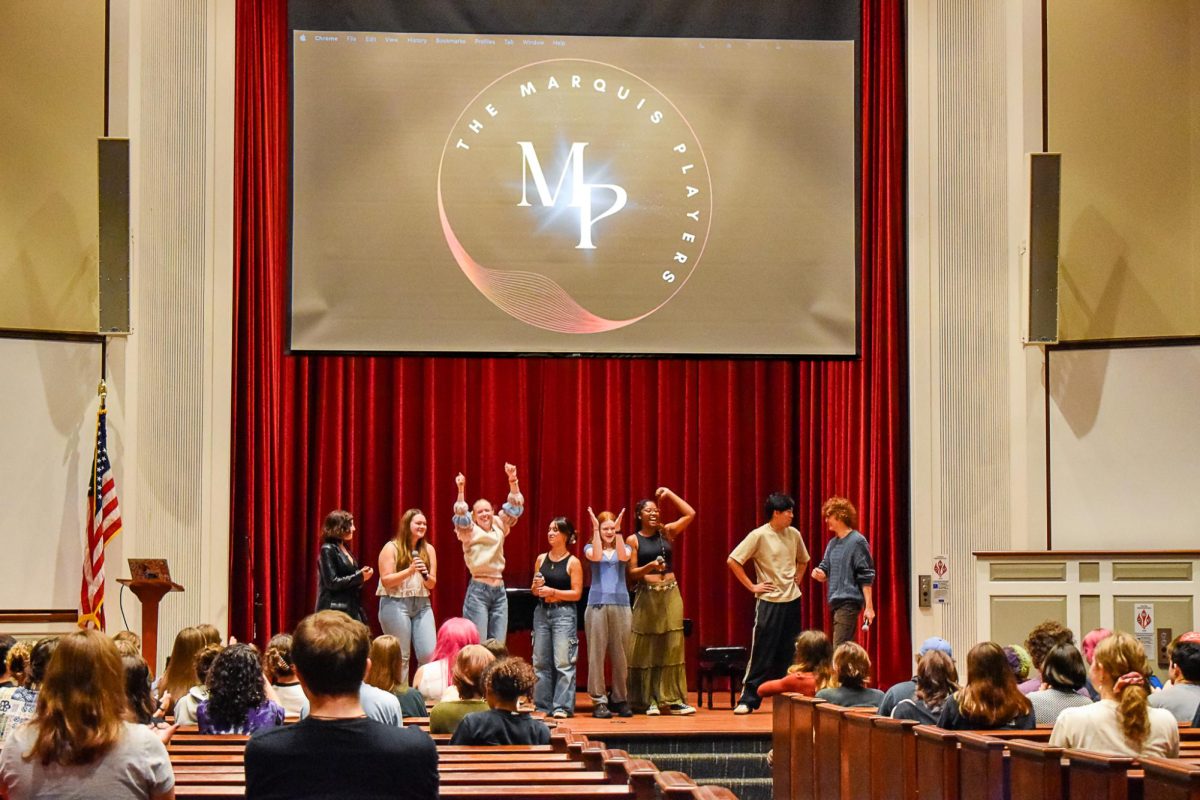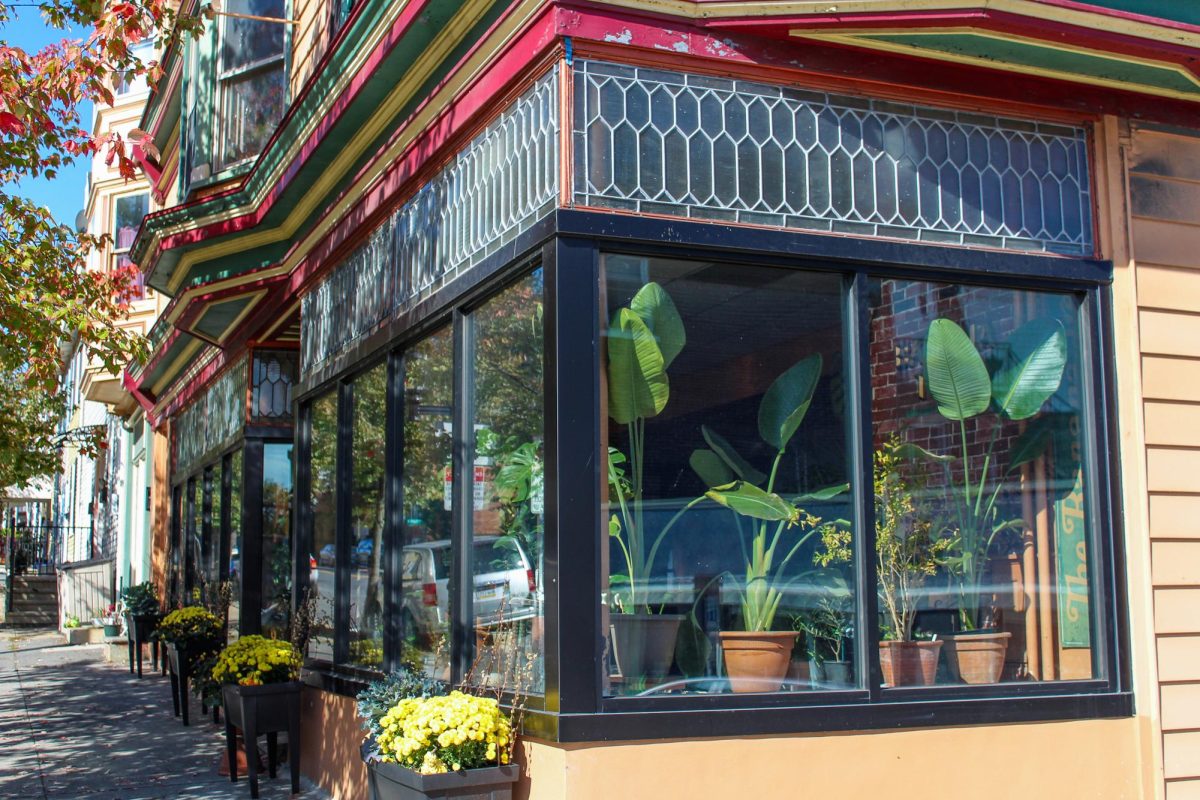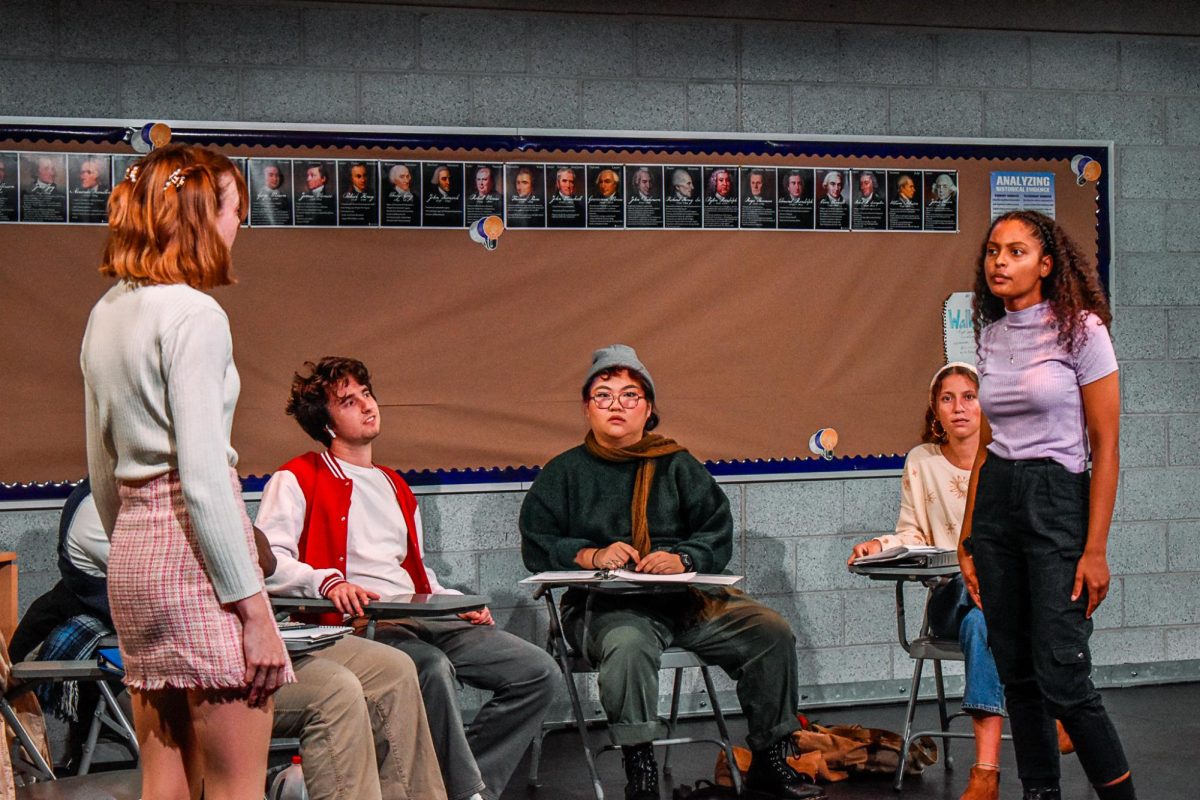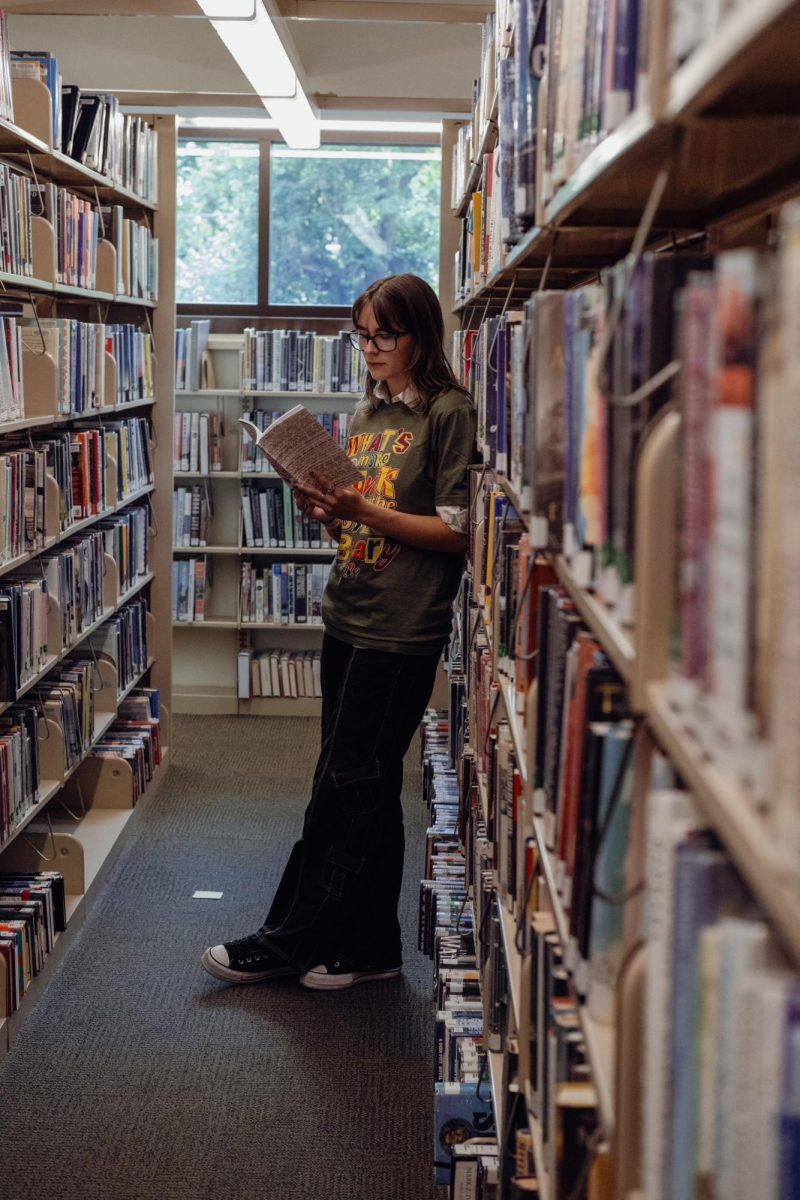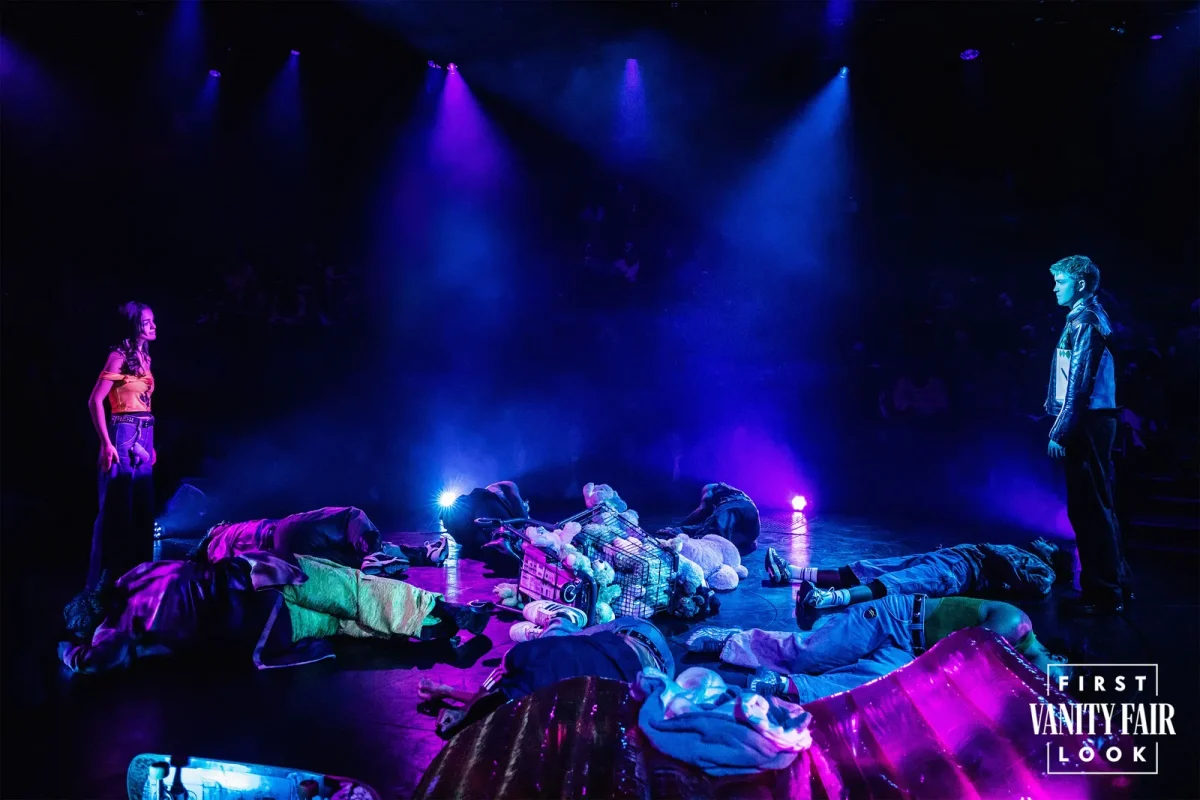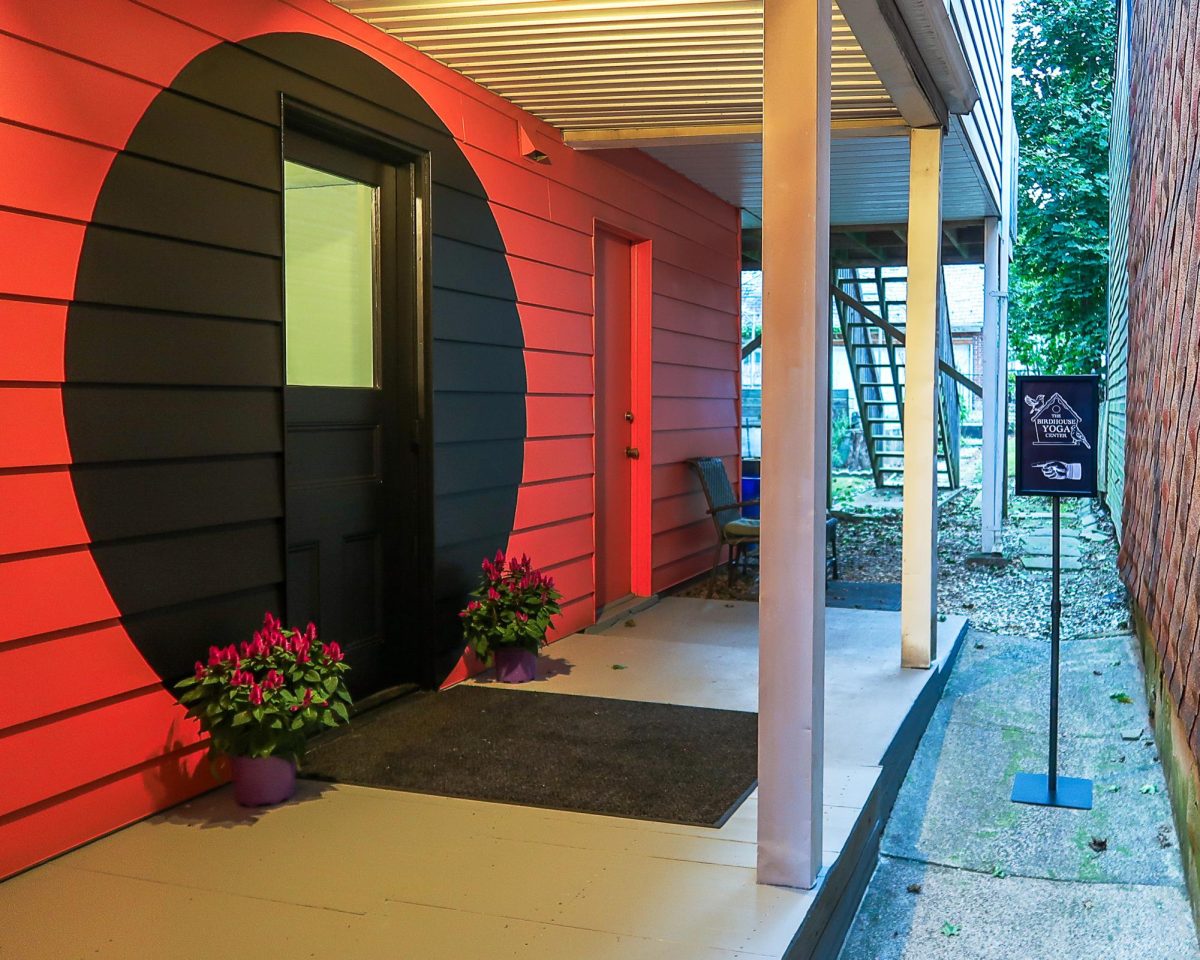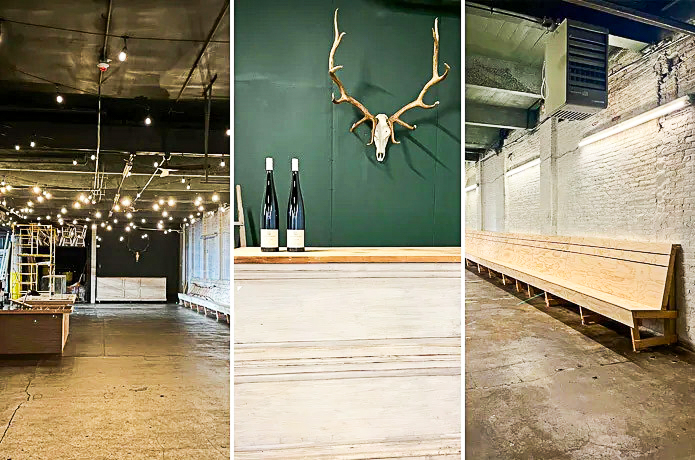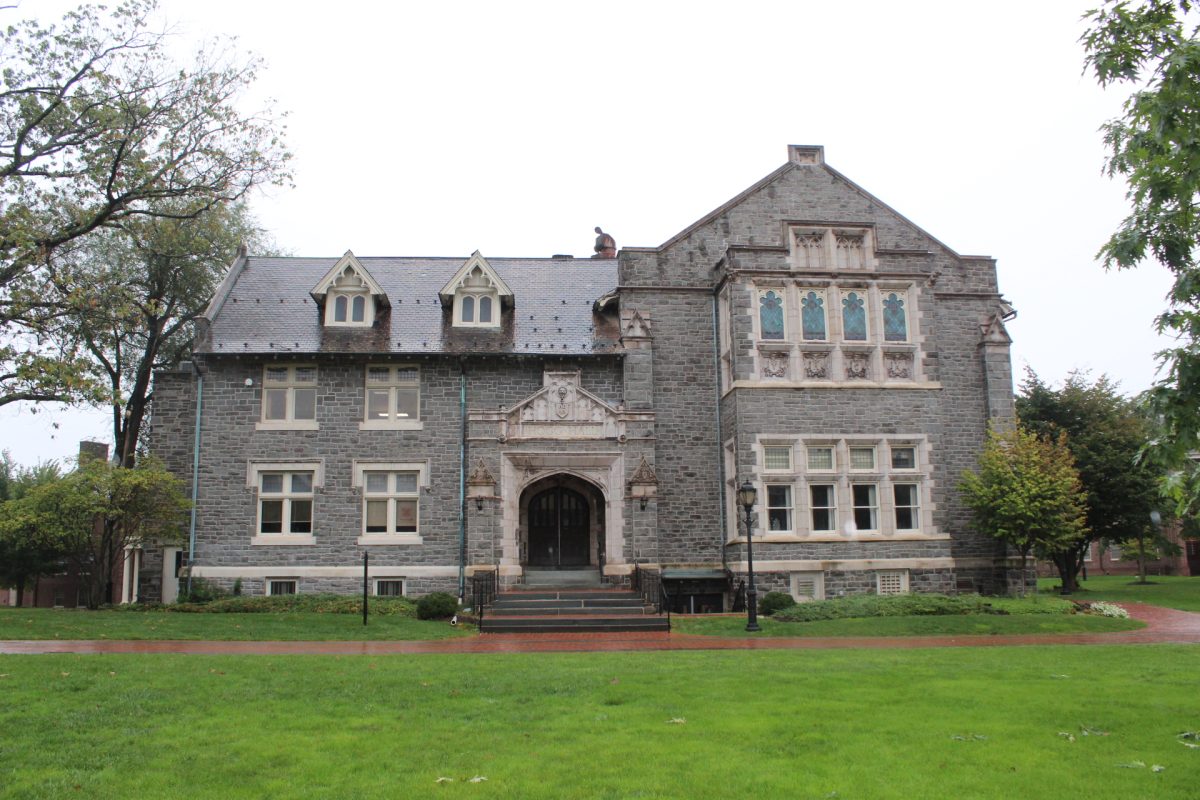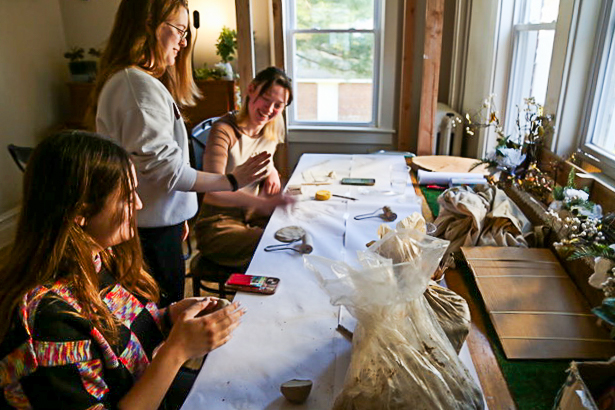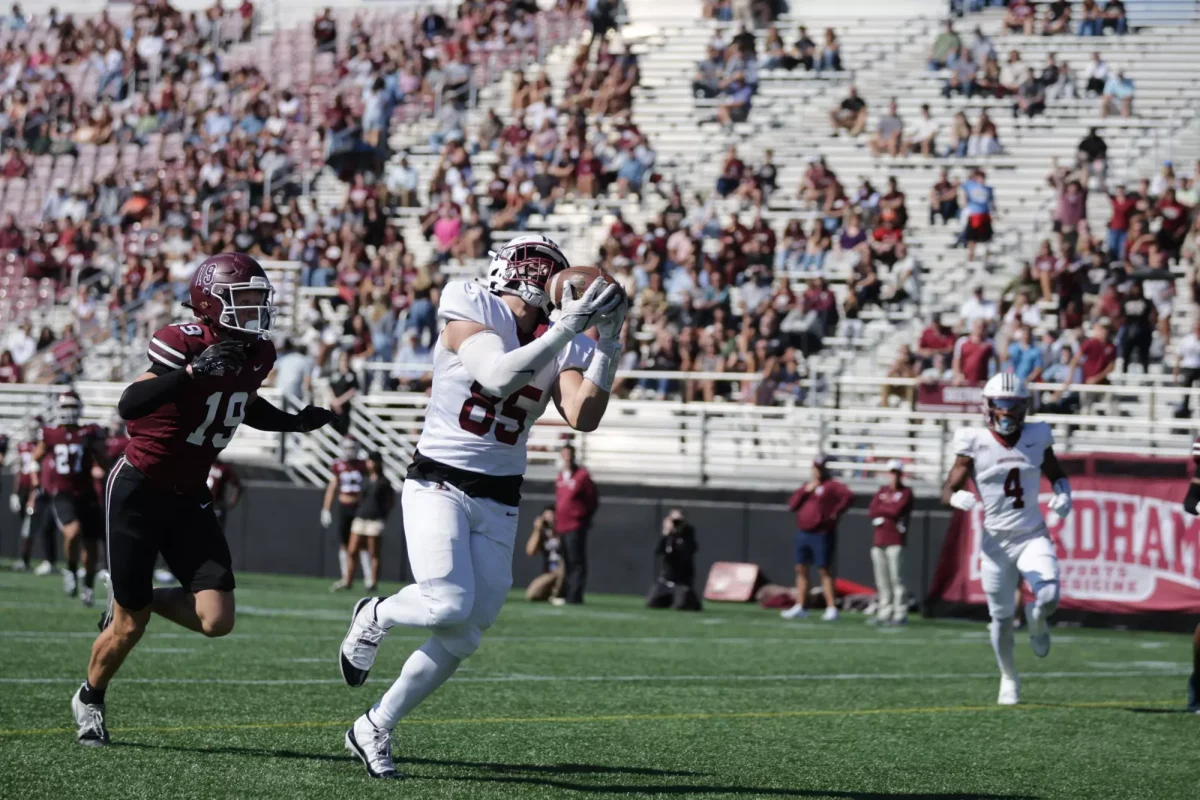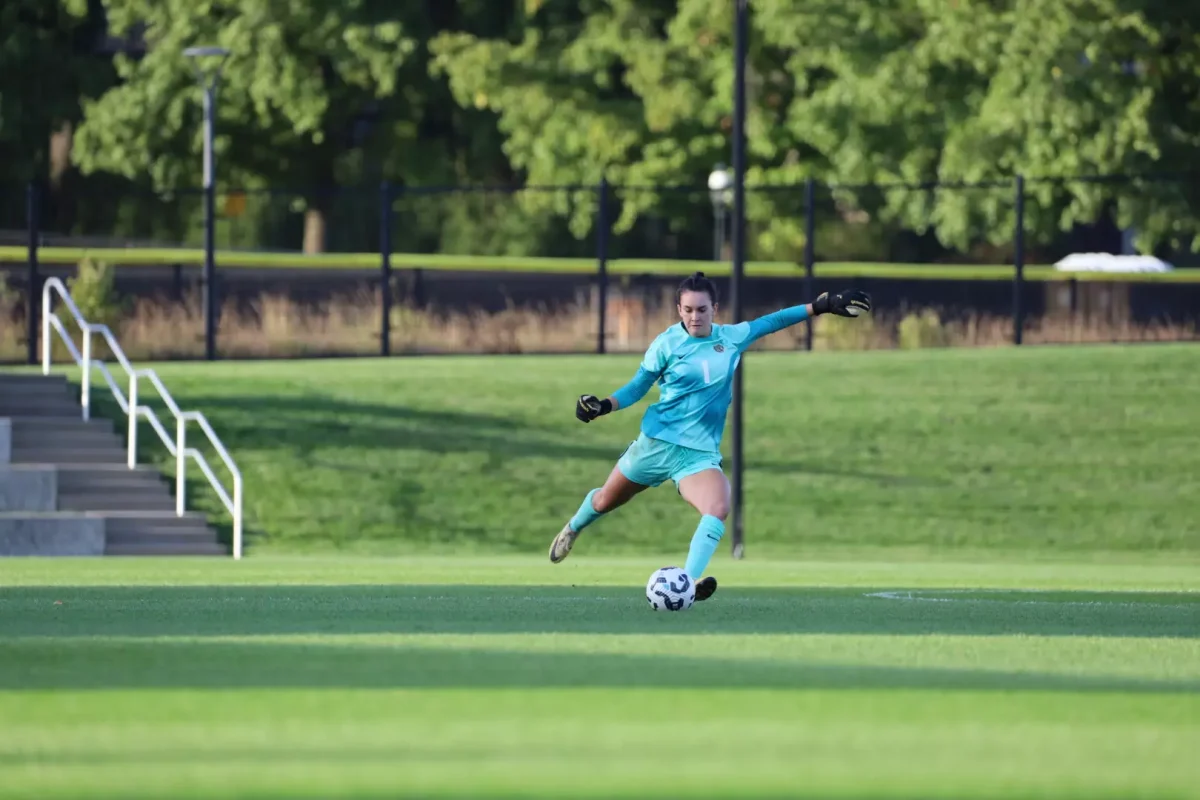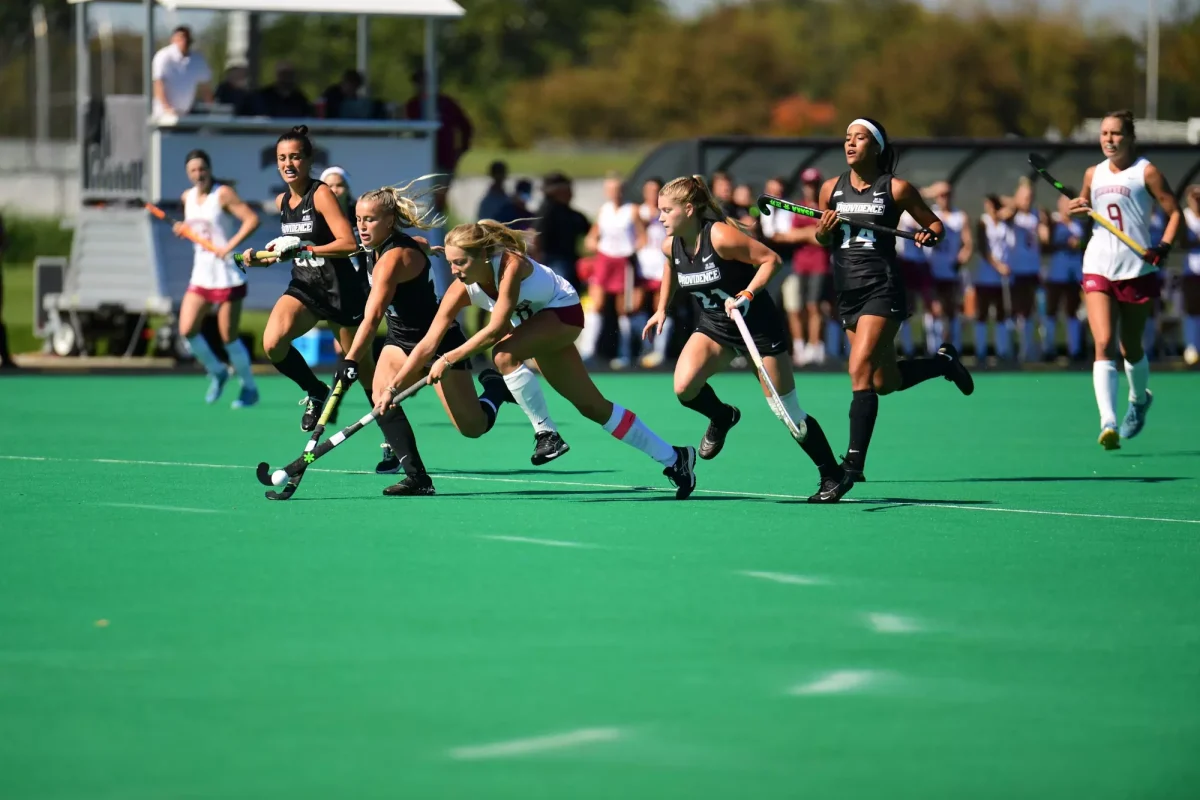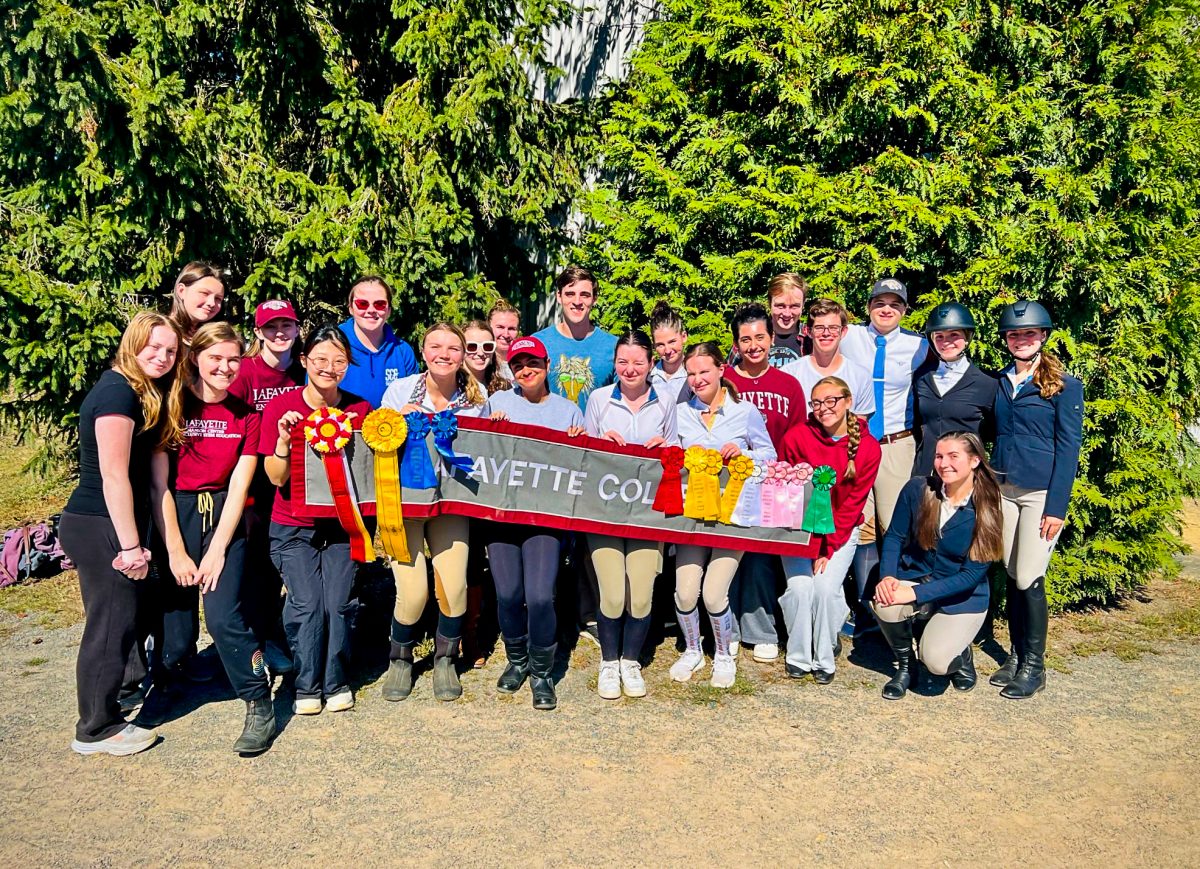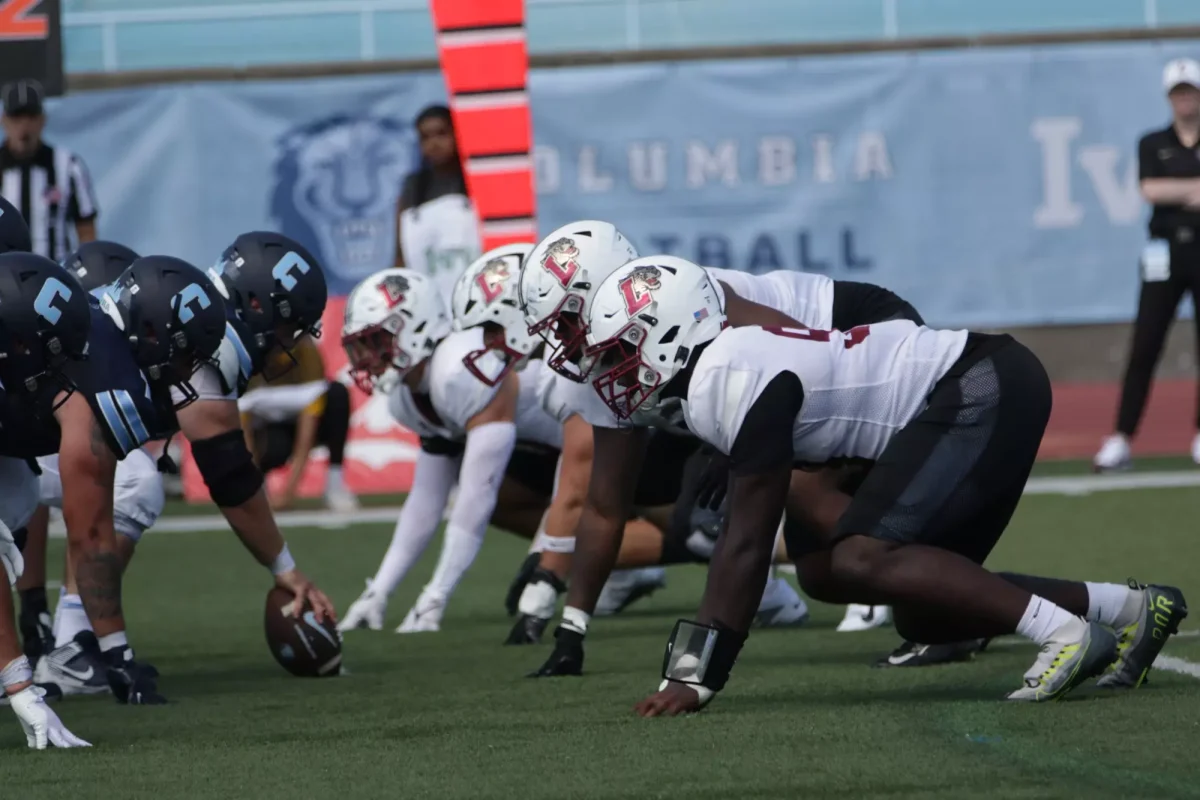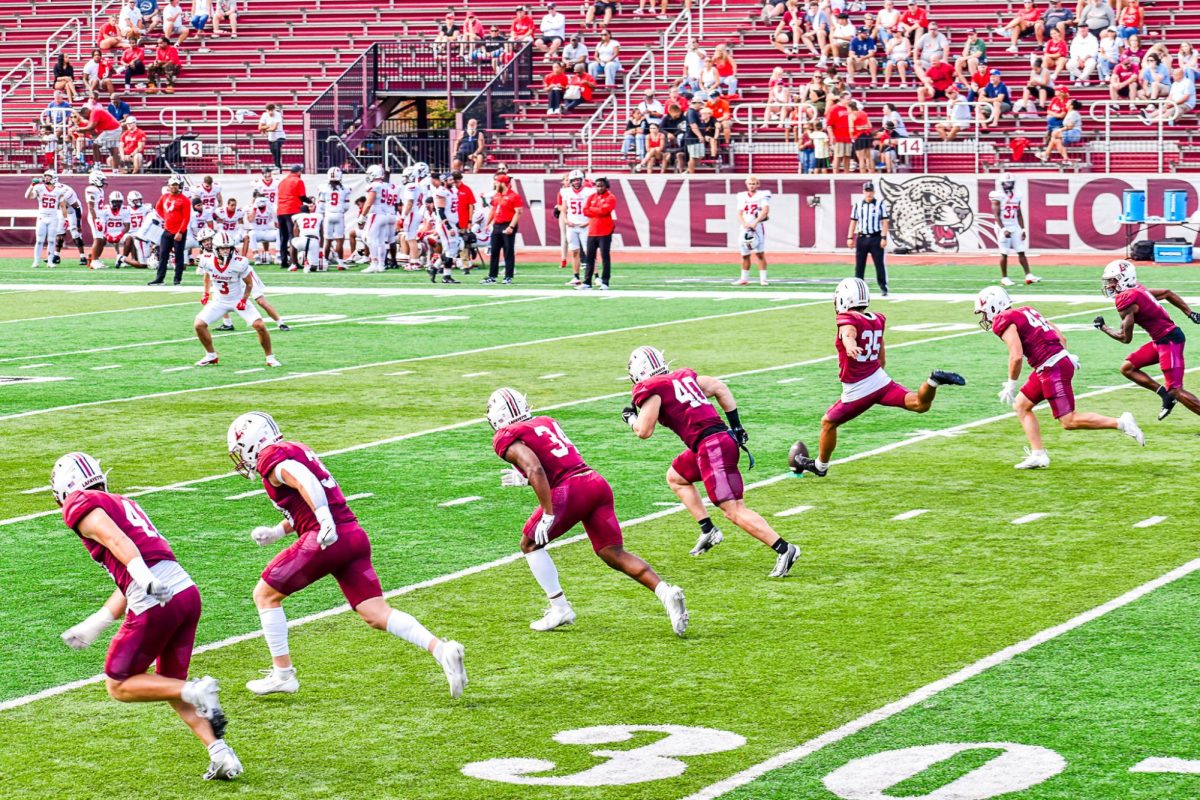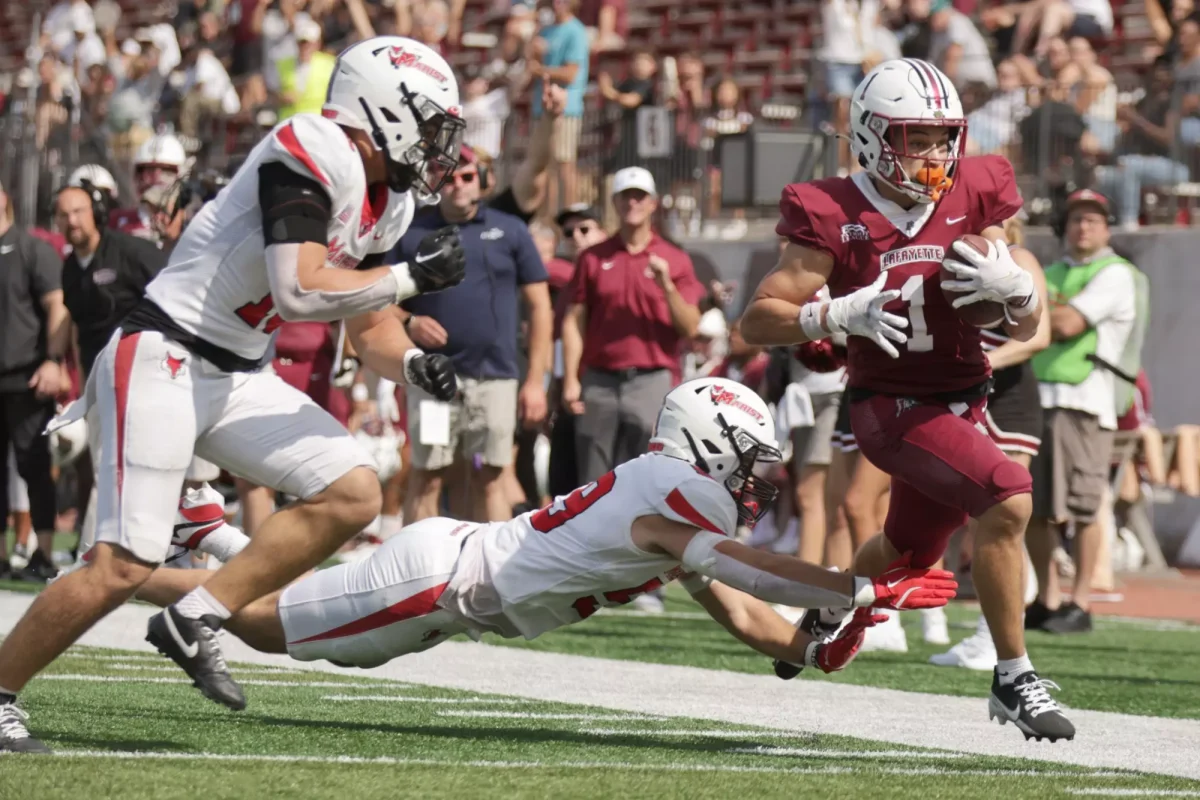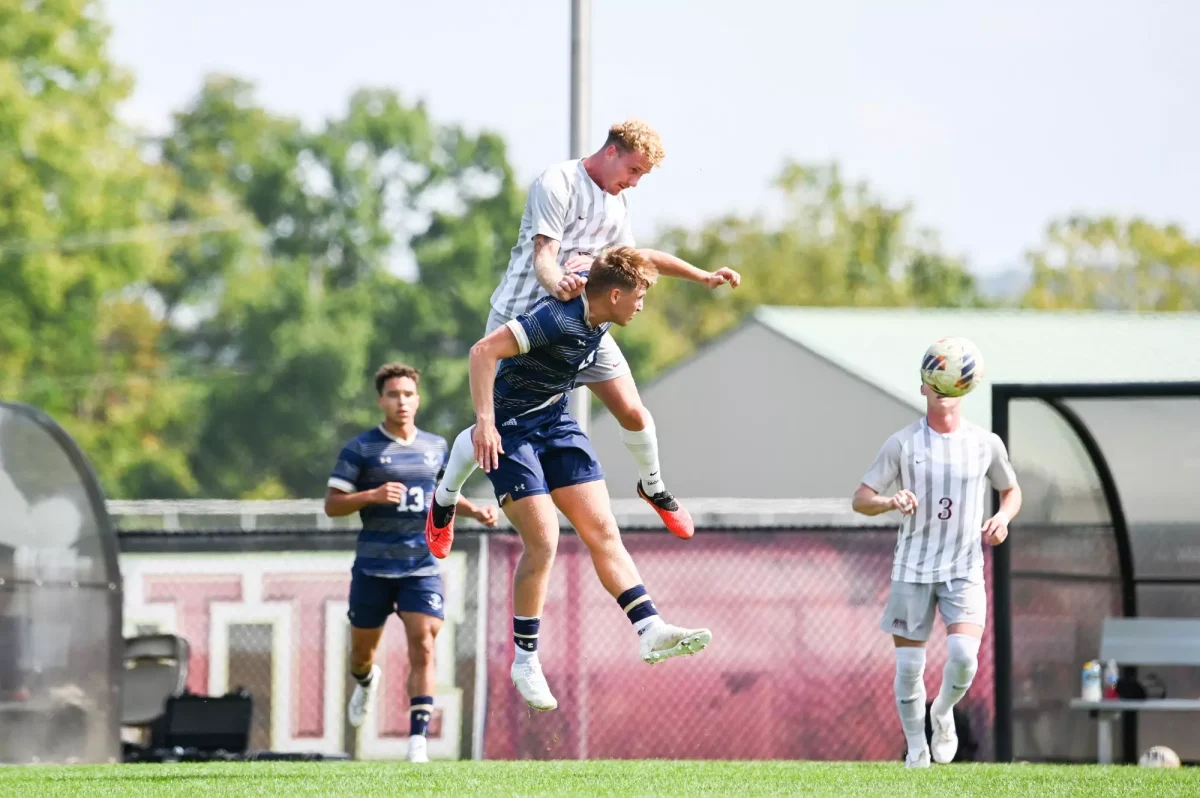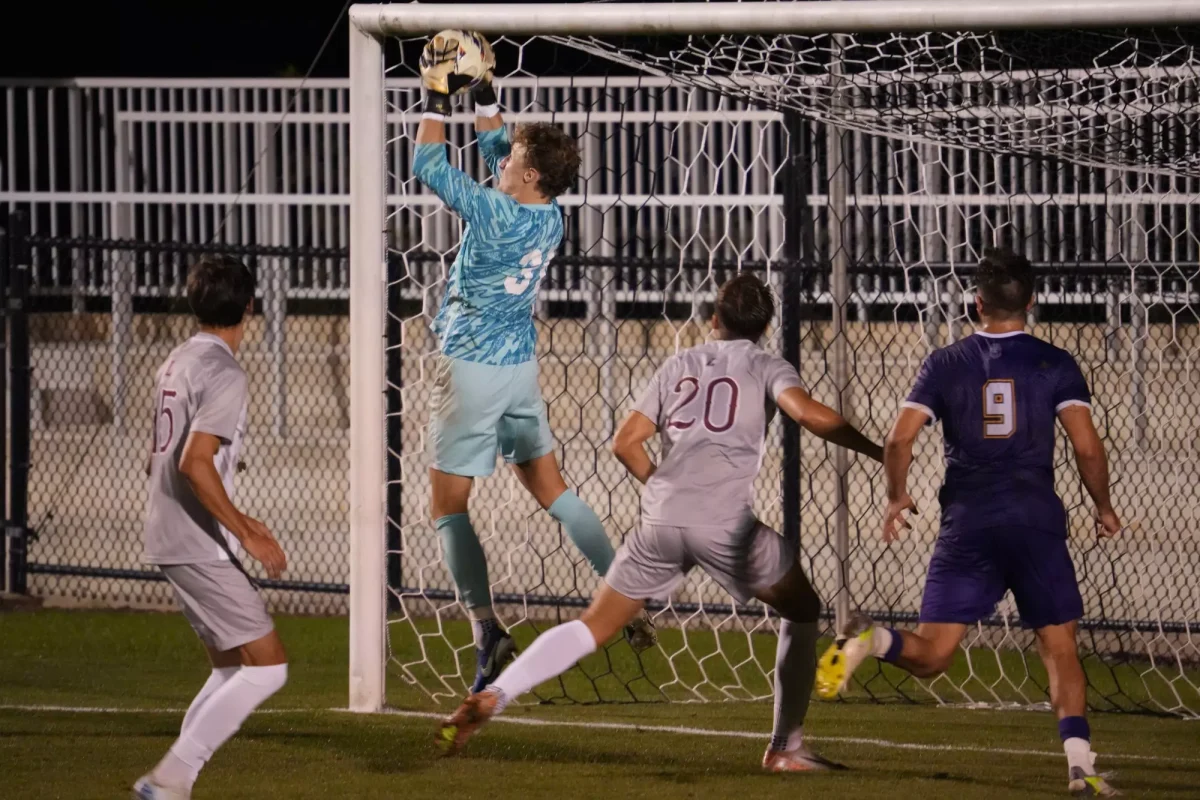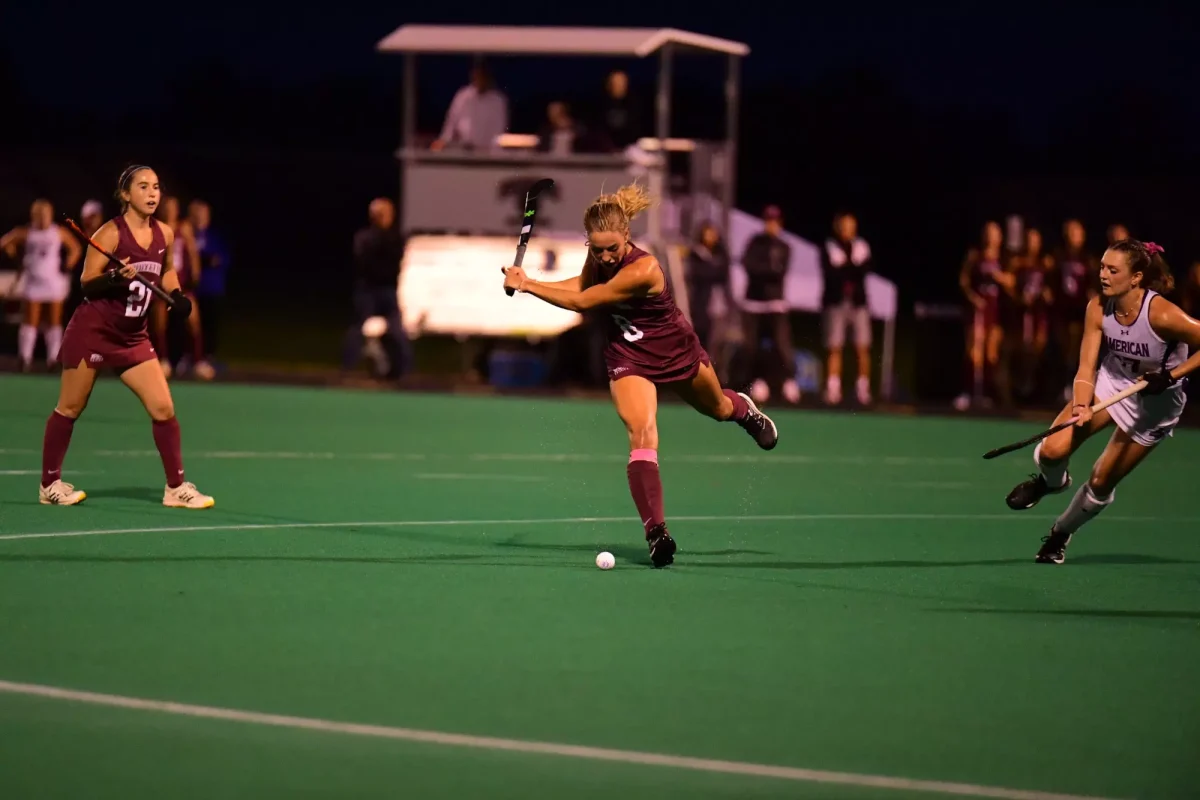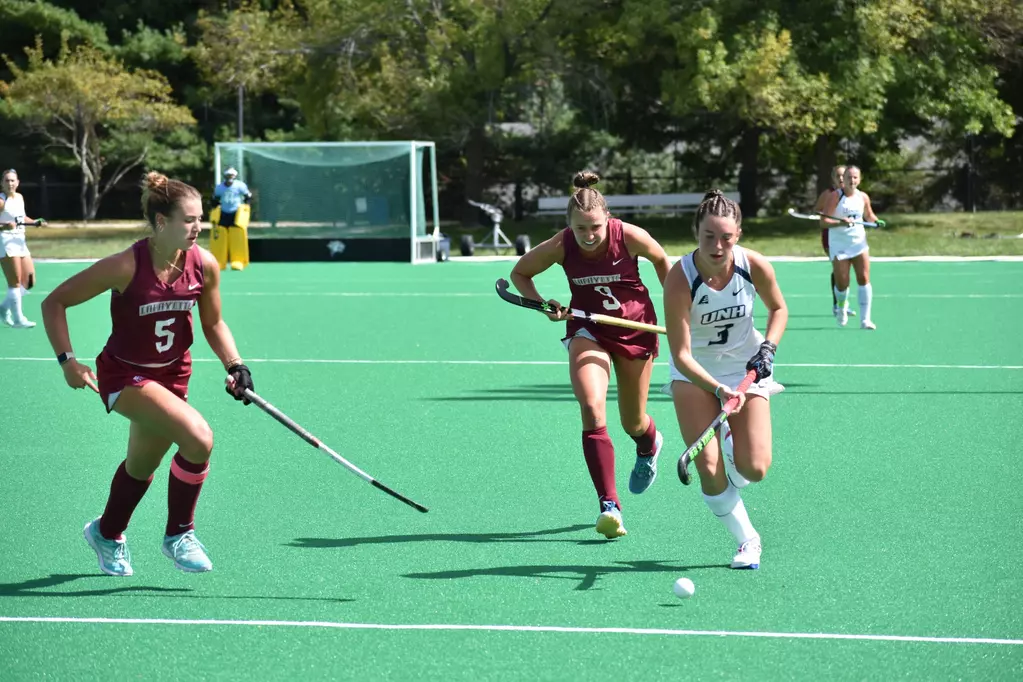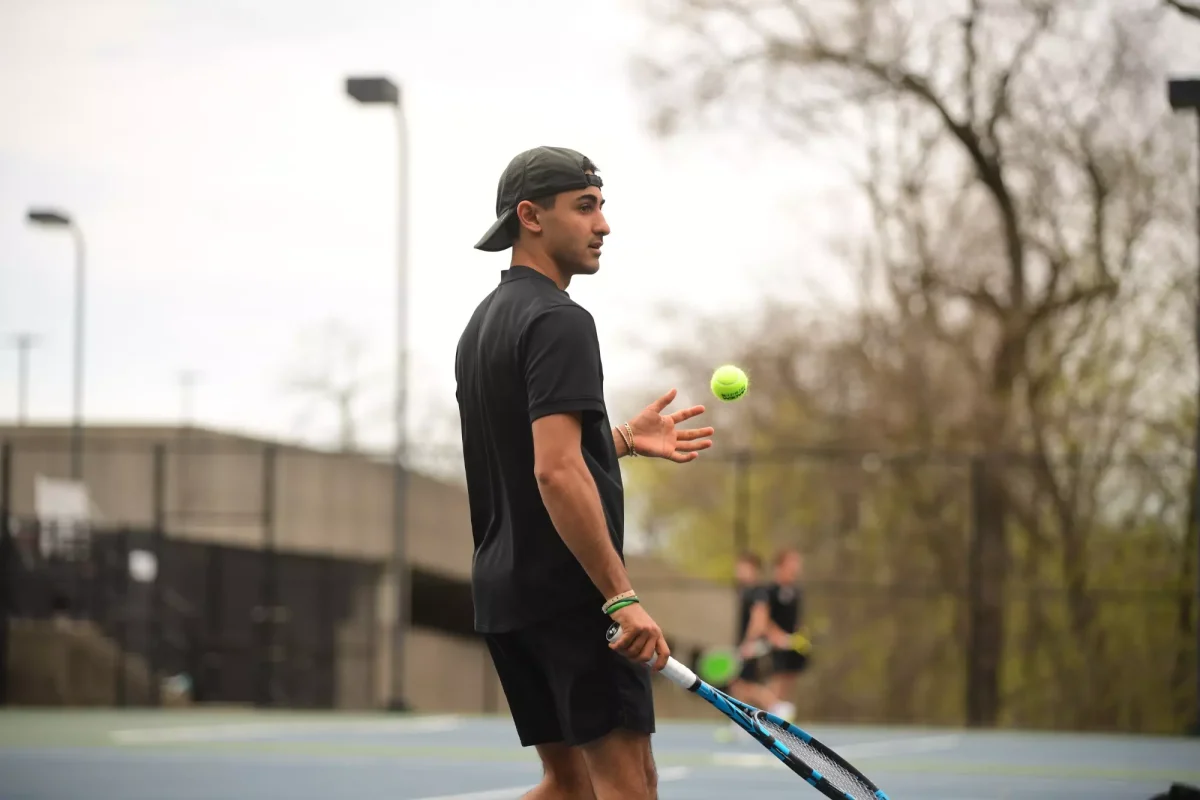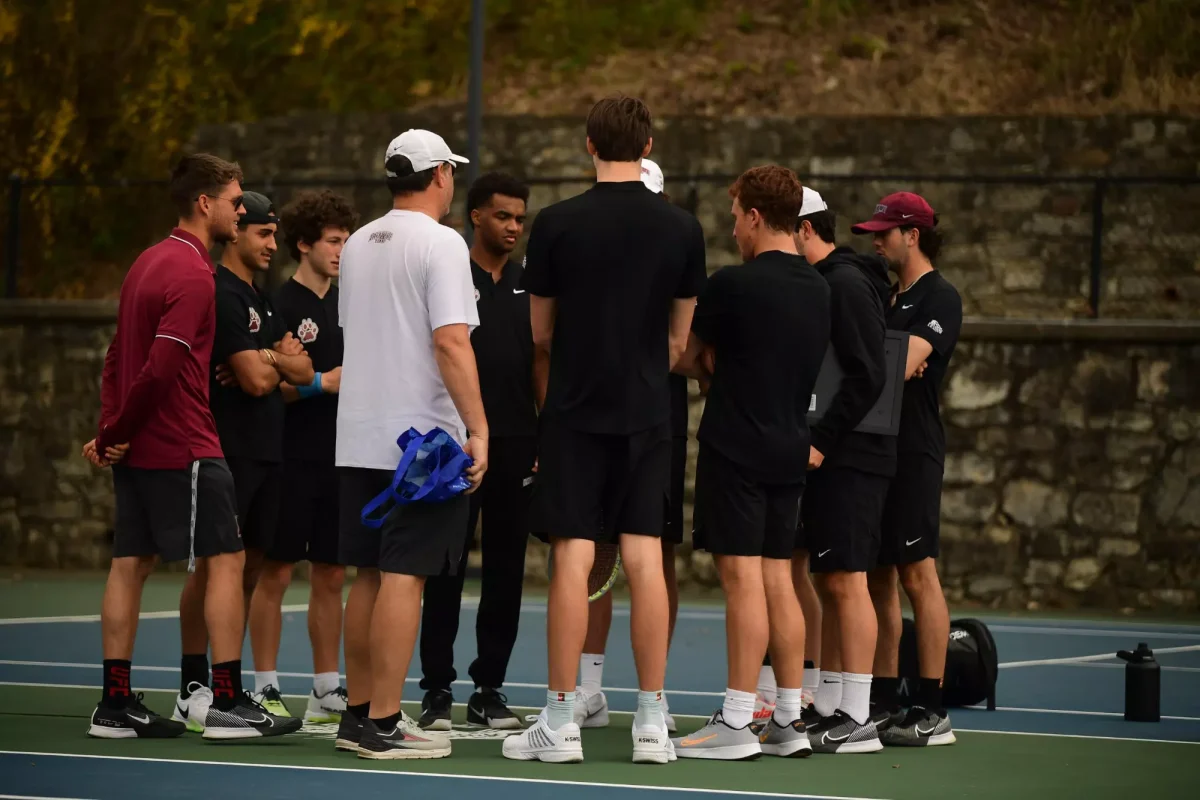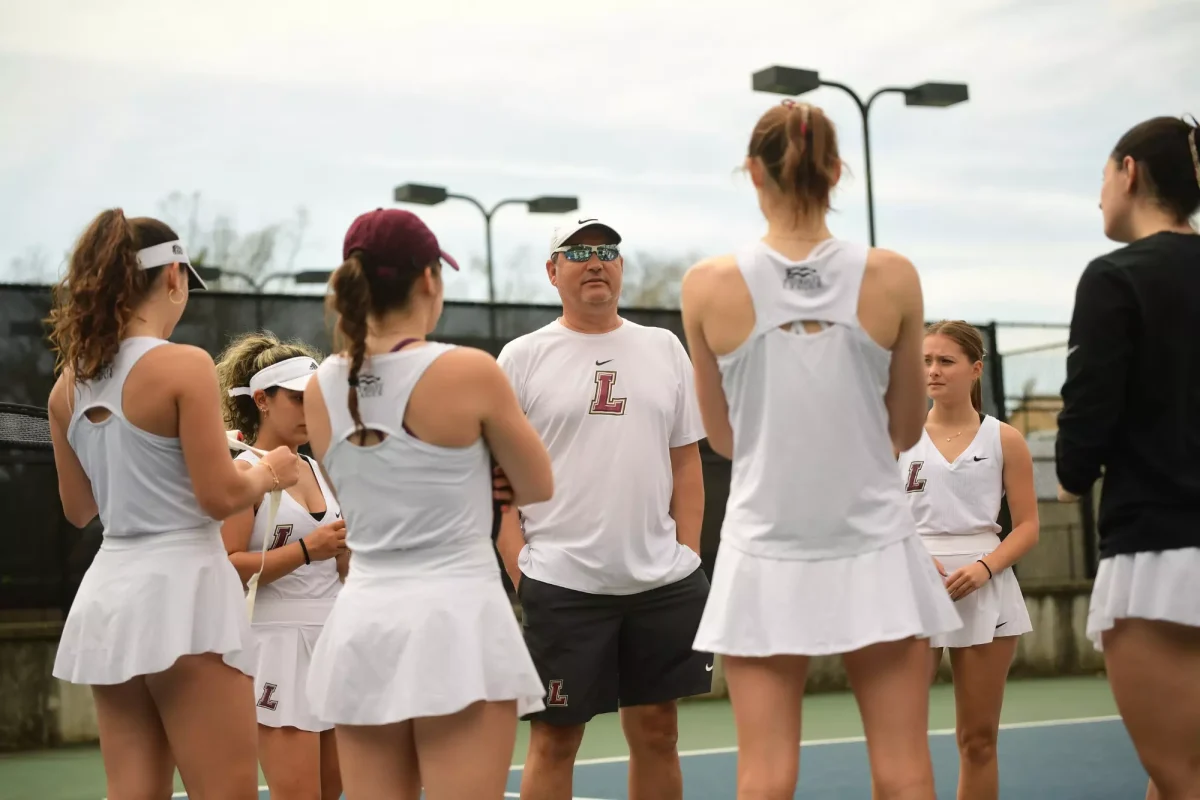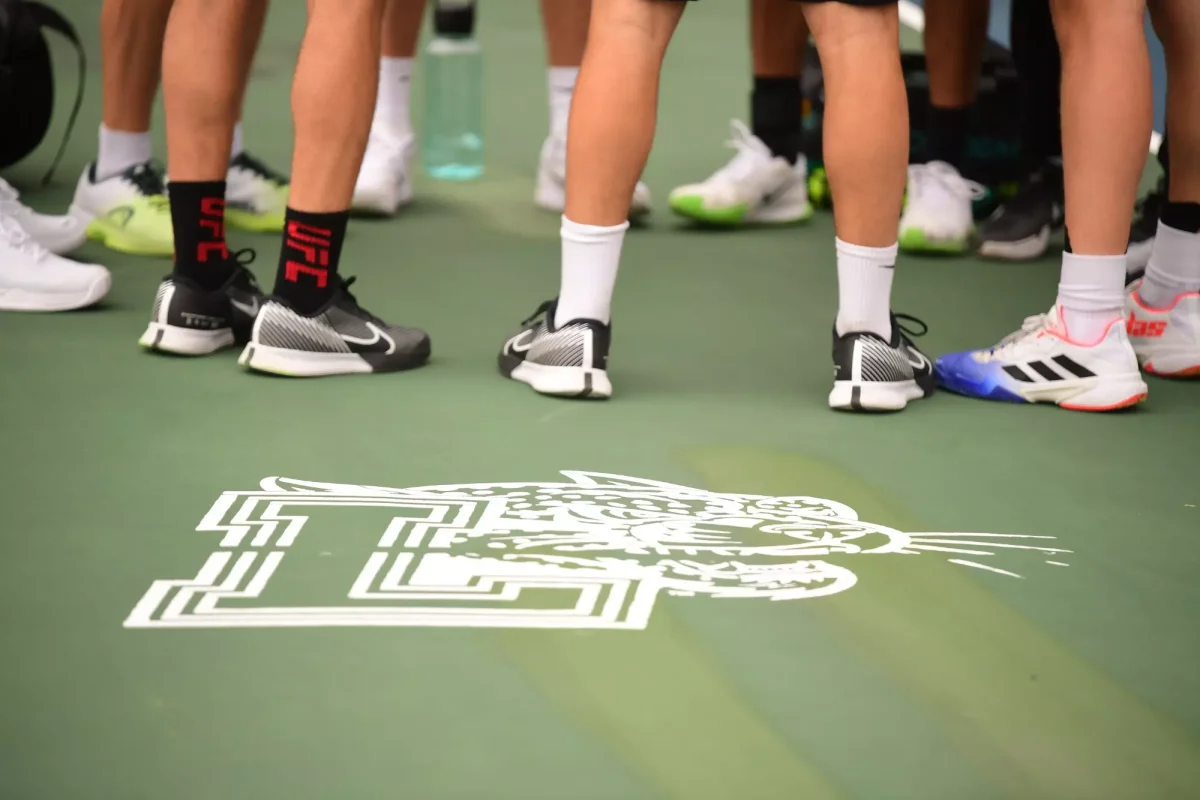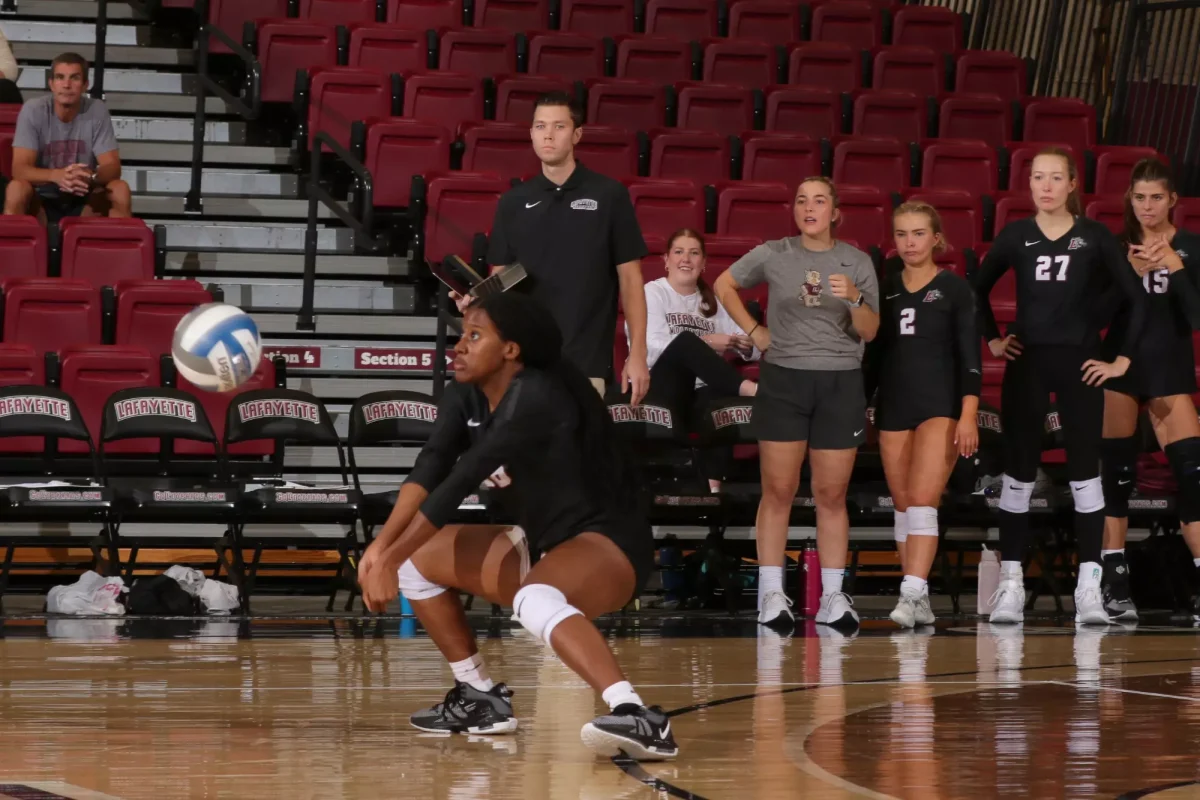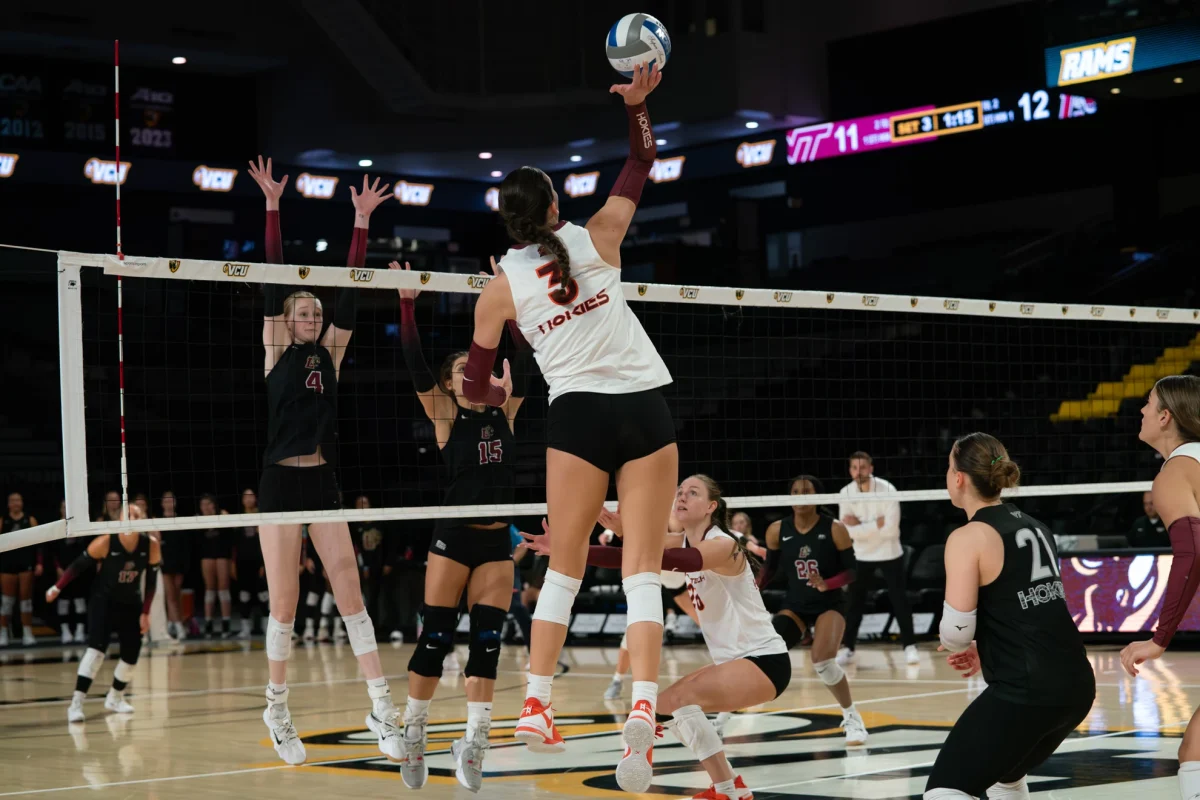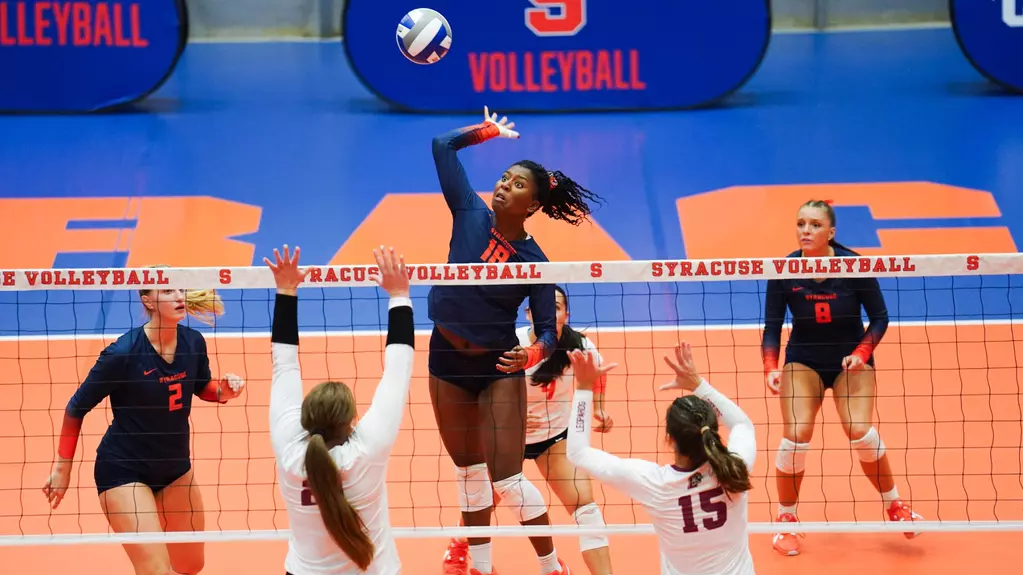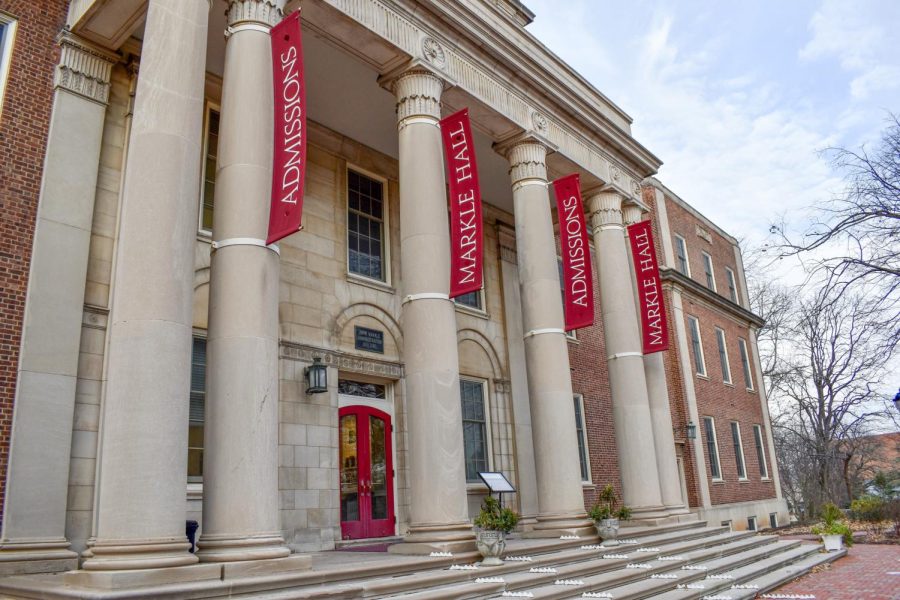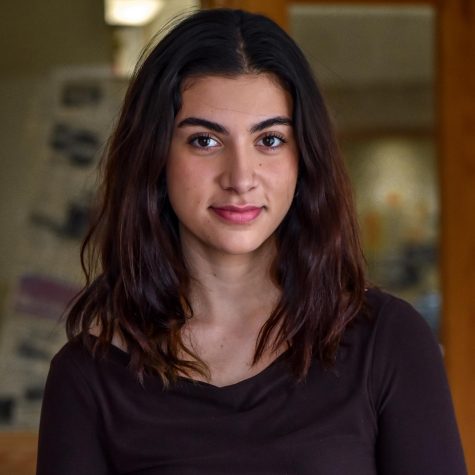Enrollment applications for class of 2026 passes 10,000 marking new record
The Office of Admissions attributes the increased admissions in part to an increased amount of virtual events. (Photo by Emma Sylvester ’25 for The Lafayette)
February 4, 2022
Lafayette’s class of 2026 is already breaking records, shattering the number of applications received by over one thousand.
Lafayette has three ways to apply for admission. Early Decision I, which is due in November, and Early Decision II, offered in January, are both binding and require enrollment if admission is granted. Decisions for regular admission come out in late March. All three categories saw an increase from the prior year for the prospective class of 2026, going from 8,262 applications for the class of 2025 to 10,480 this cycle. The previous record-holding number was 9,237 for the class of 2022.
“It’s a good thing for the college. I think the number of applications is one representation of how we’re actively inviting people to participate and join us in the college,” President Nicole Hurd said.
“I will say again, part of my message since I’ve been here is this is an incredible college and it’s like the gem needs to shine brighter. So I think it’s great that over ten thousand students rose their hand. We should celebrate that moment, but now we need to find the next 10,000 people to think about joining us again,” Hurd said.
Despite the increase in applications, the projected size for the next year’s freshmen is smaller than last year’s record-high enrollment of around 780. According to Matt Hyde, dean of admissions, the projected number of students enrolled is around 690 to 730 students, significantly fewer than the current freshman class. As a result, the acceptance rate this year will likely be lower than last year.
“The pool [of applicants] is deep and powerful–and quite honestly the pools of the last several years have been–it’s at the high end academically. Students are self-selecting into the pool, they recognize that Lafayette students have done very well throughout high school and they know that it’s a selective situation,” Hyde said. “We are likely to be more selective with this class than we were last year.”
Hyde noted that the Office of Admissions is not driven by any admit-rate goals and is primarily focused on achieving a certain class size; this will lead the office to offers around 2,800-3,800 offers of admission.
The change in applications can be attributed to many different factors, including a shift to online events considering the pandemic uncertainty as well as increased recruitment efforts.
“We’re more able to connect with students across the country and around the world much more readily and easily,” Hyde said. “We still believe very strongly that the in-person experience is important, both in high schools and on-campus, but substituting these virtual experiences allowed for more opportunities for students to get to know us.”
Tiffany Blessing, a former assistant director of admissions at the Massachusetts Institute of Technology who is now a college counselor for the educational consulting company Ivywise, said that while some schools are seeing an increase in applications, it varies heavily based on the type of school and student desire.
“Lafayette having that smaller community feel, that could be a really big draw for people,” Blessing said. “It ebbs and flows, it really goes by what students are looking for.”
Neighboring and peer schools such as Lehigh University and Colgate University have seen increases this year, as well, with Colgate breaking their all-time application record.
The reasons for increases could vary from having a major that is becoming more popular, such as a strong pre-med program or the type of environment the school creates.
Blessing noted that enrollment is a difficult process to predict ahead of time because it does not grow universally; some schools target different populations and some students are increasingly interested in specific fields.
Hyde said that when he arrived at Lafayette in 2011, the college received roughly 5,500 applications and made it a goal to reach 6,000 applications the following year. Lafayette has continued to build upon its momentum to increase applications every year, with an increase of over 80% in the past decade, something Hyde sees continuing in the future.
While the momentum in applications from the last decade would imply an increase for next year, college admissions numbers are difficult to predict. Blossom stated that an industry based on predicting the decisions of 17 and 18-year-olds creates no certainty.
“Our message is strong and lands beautifully,” Hyde said. “The goal of our operation now is to continue to fan the flame of interest in the college.”
The class of 2026 has not been solidified yet, but 284 Early Decision students from the fall cycle have already enrolled, with a 57.14% acceptance rate, as opposed to 61.97% the previous year. Much like the overall applicant pool, Hyde describes these future Leopards as inspiring.
“It’s a really spectacular class in terms of its reach globally and nationally, academically it’s powerful, there’s a nice dimension and diversity in that class—some really amazing Leopards that I can’t wait to get here,” Hyde said.

